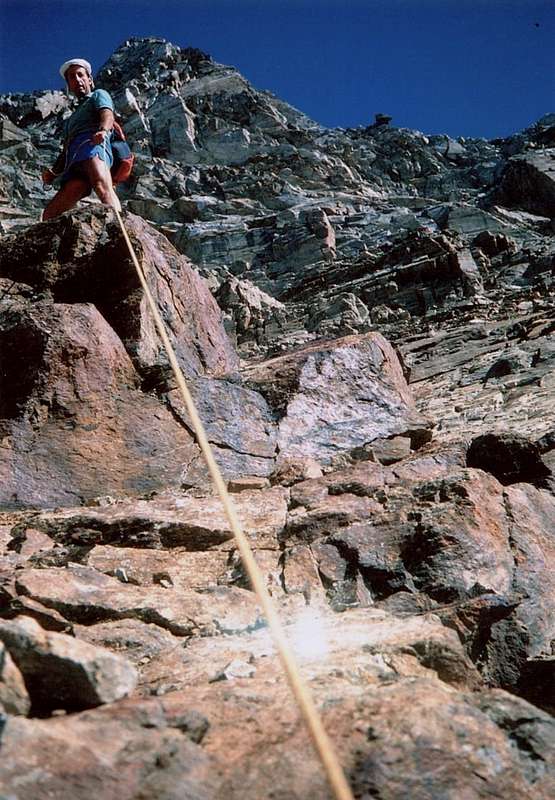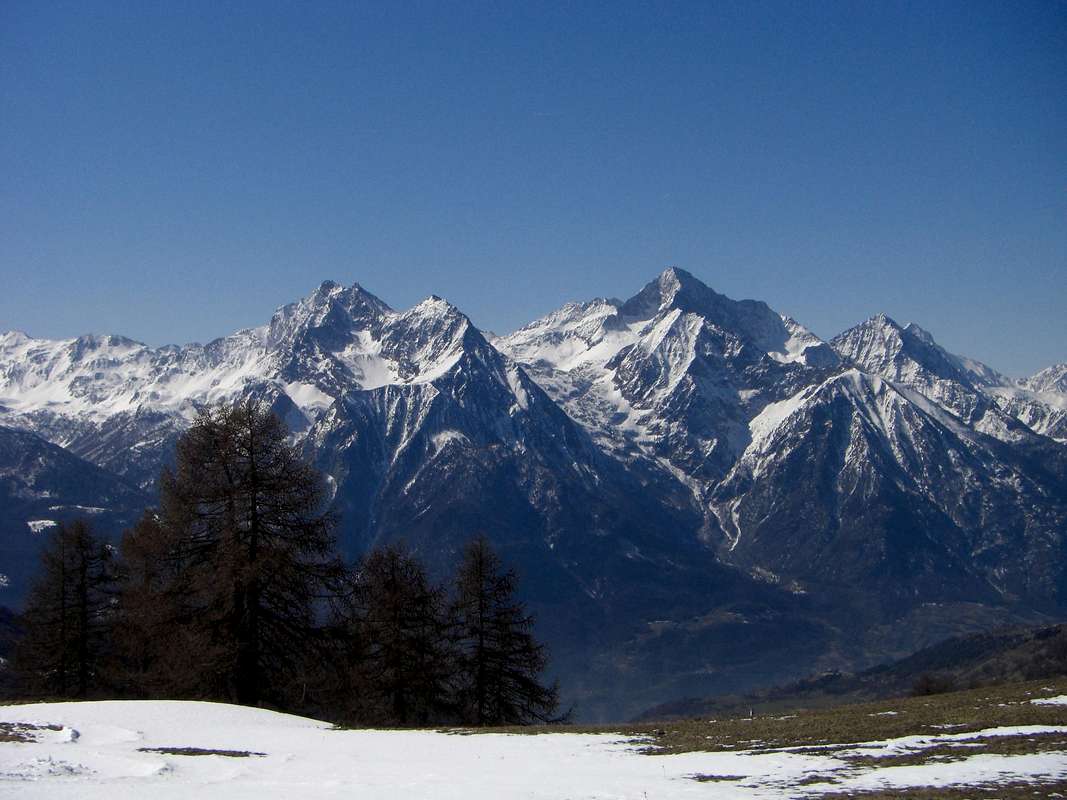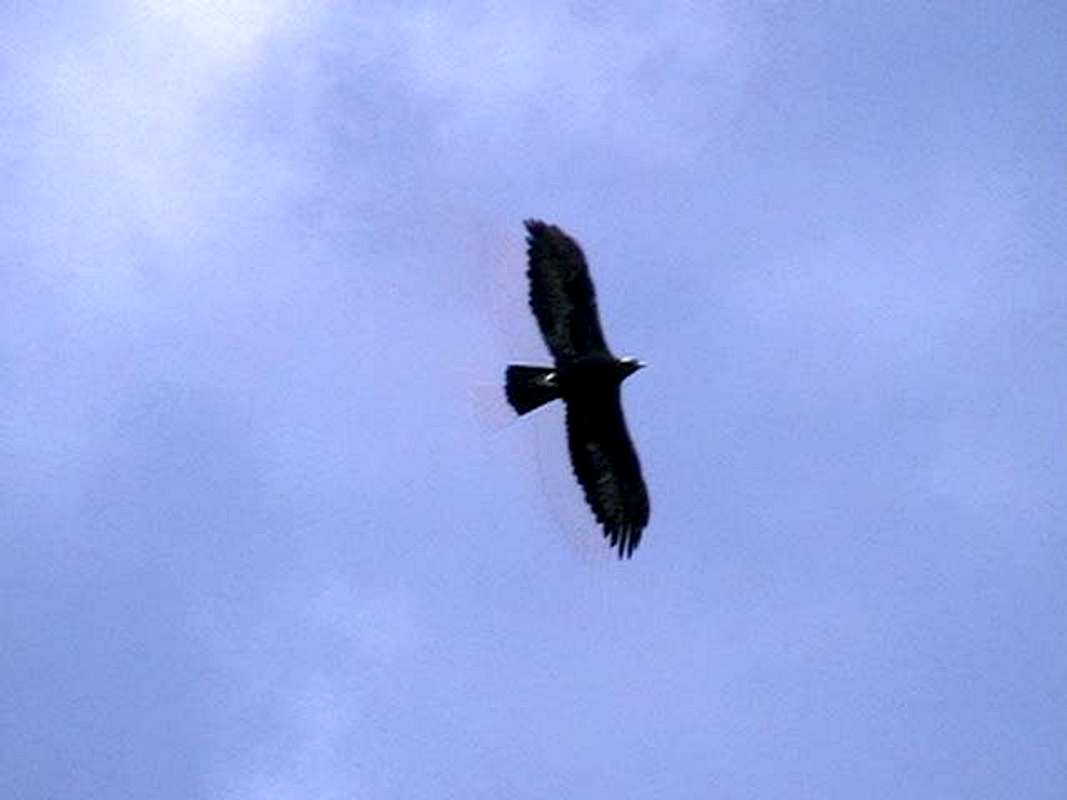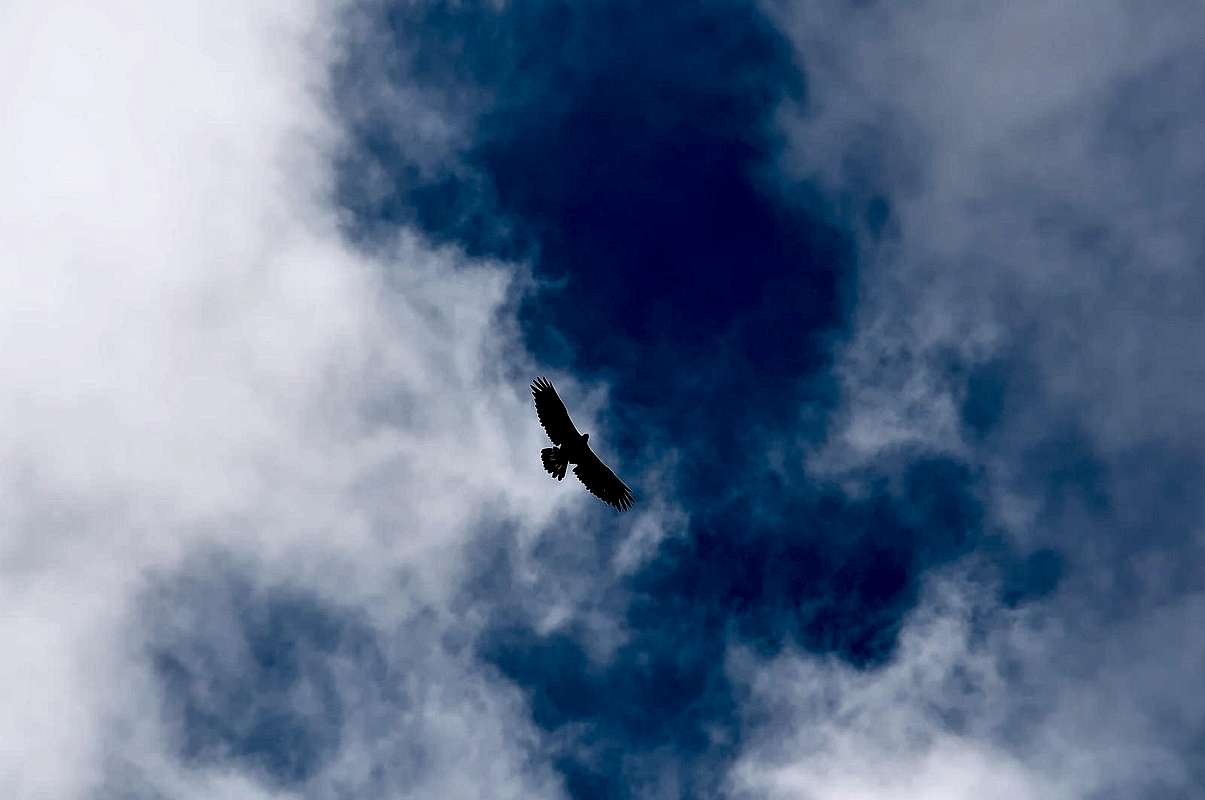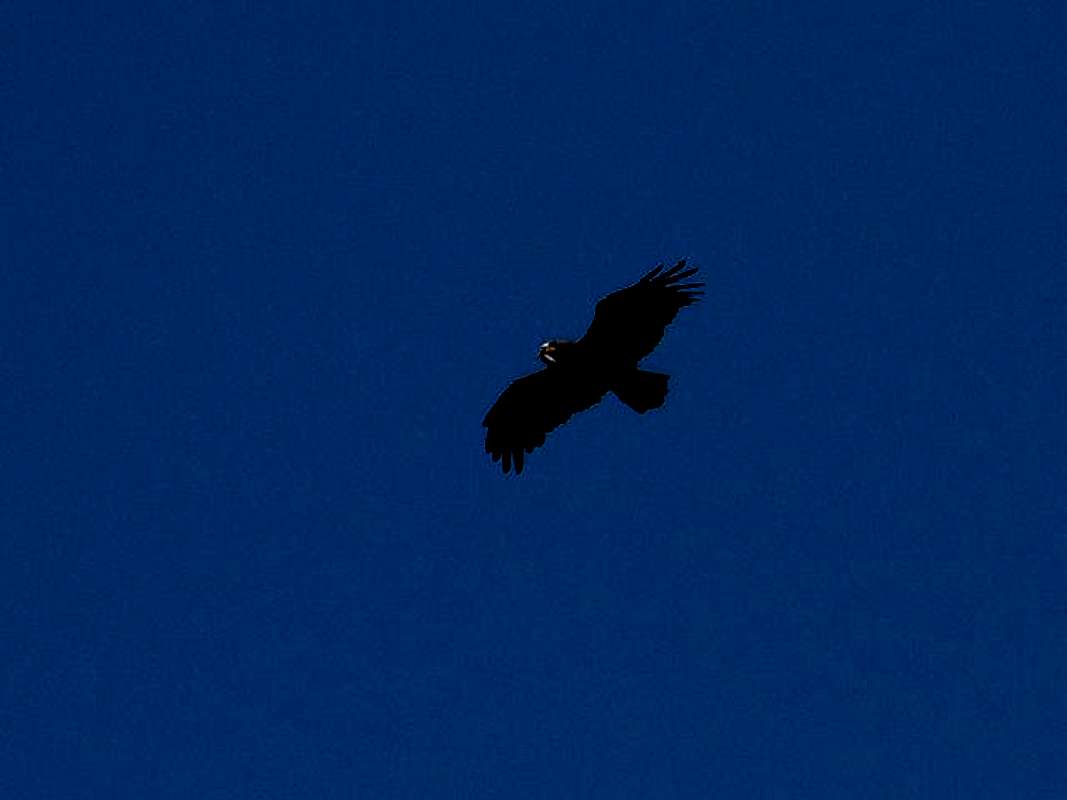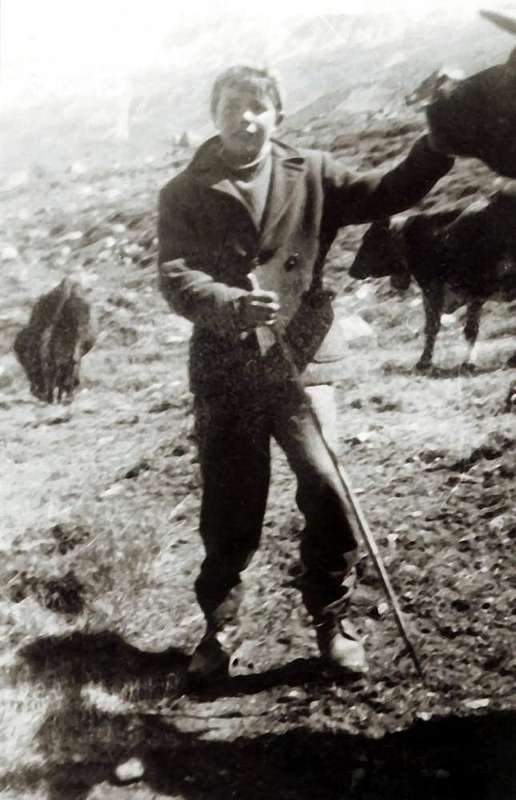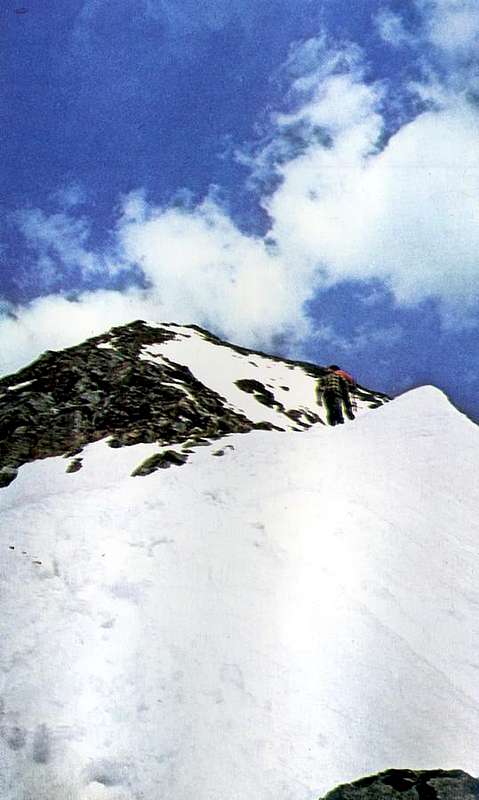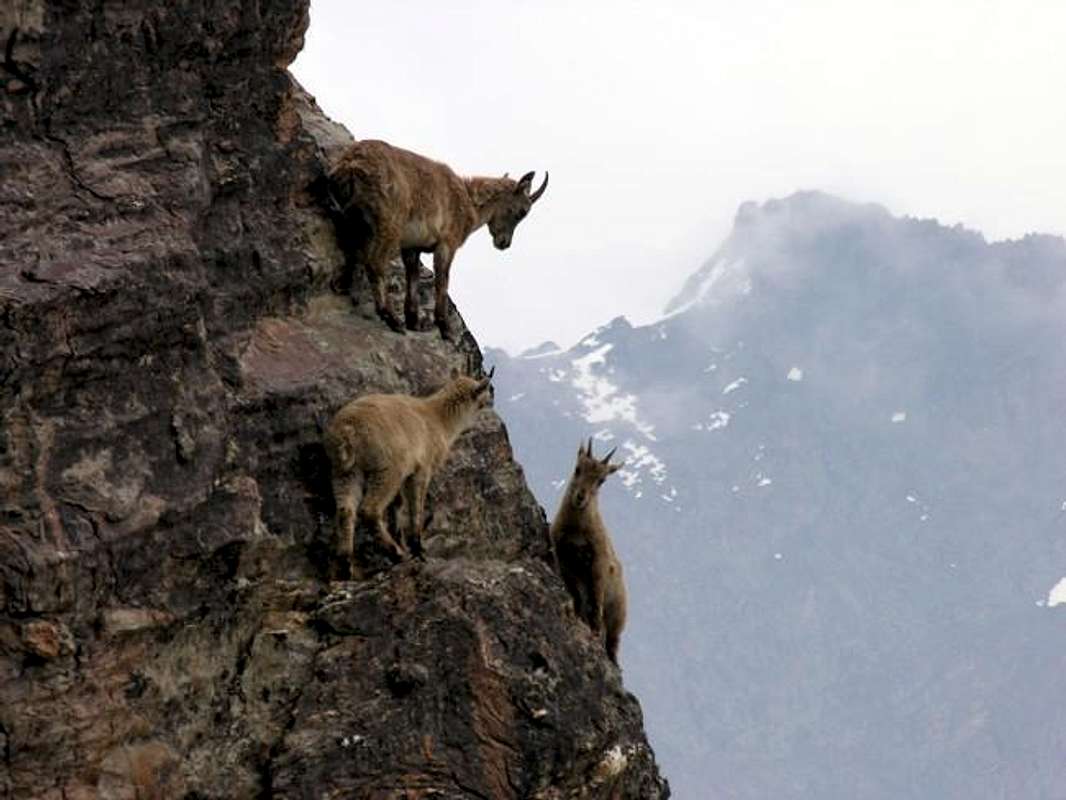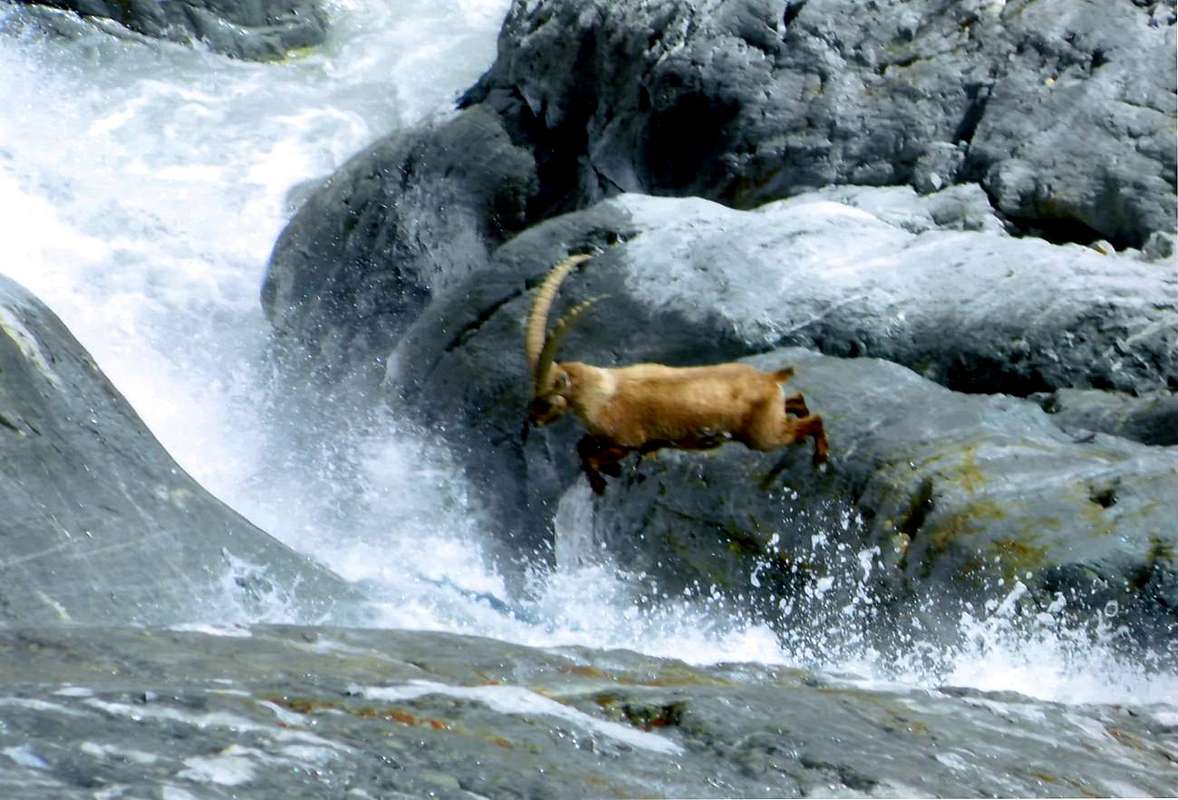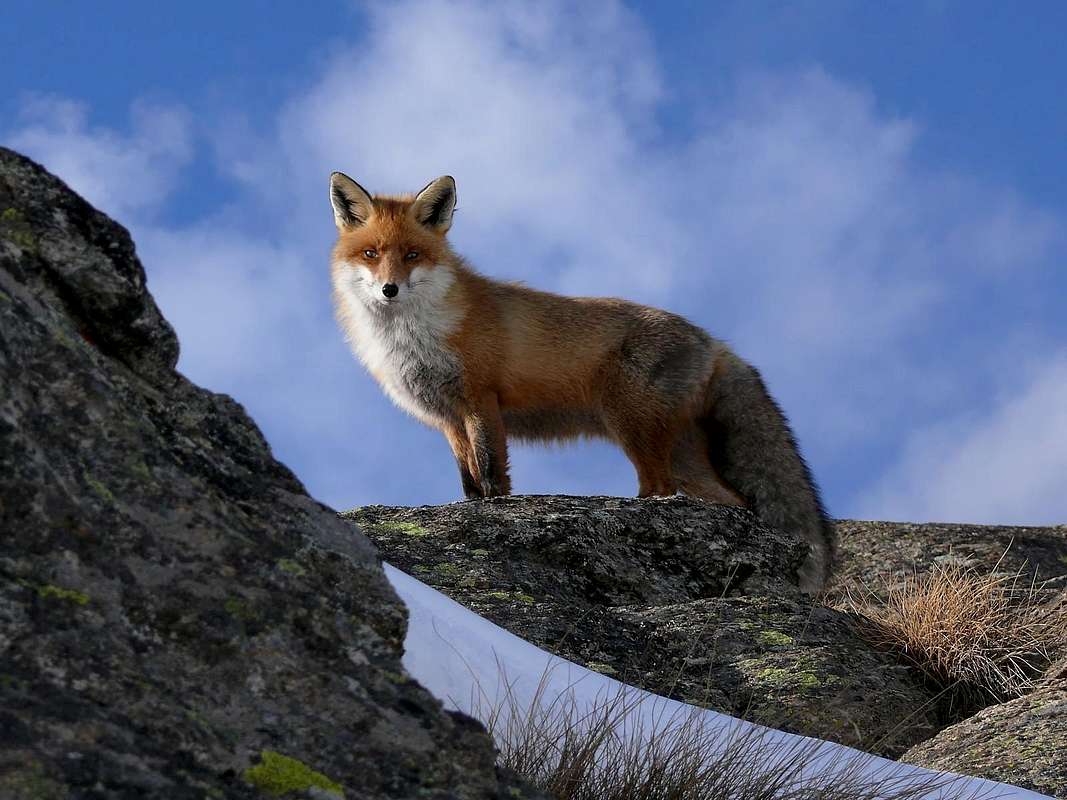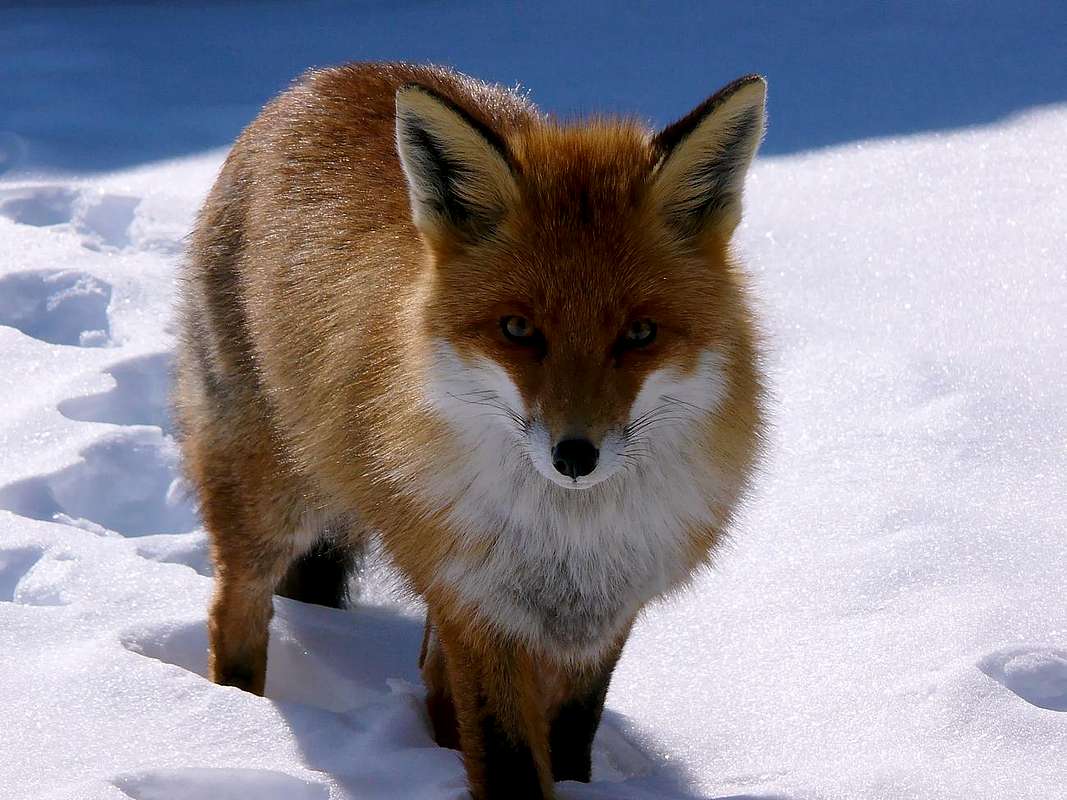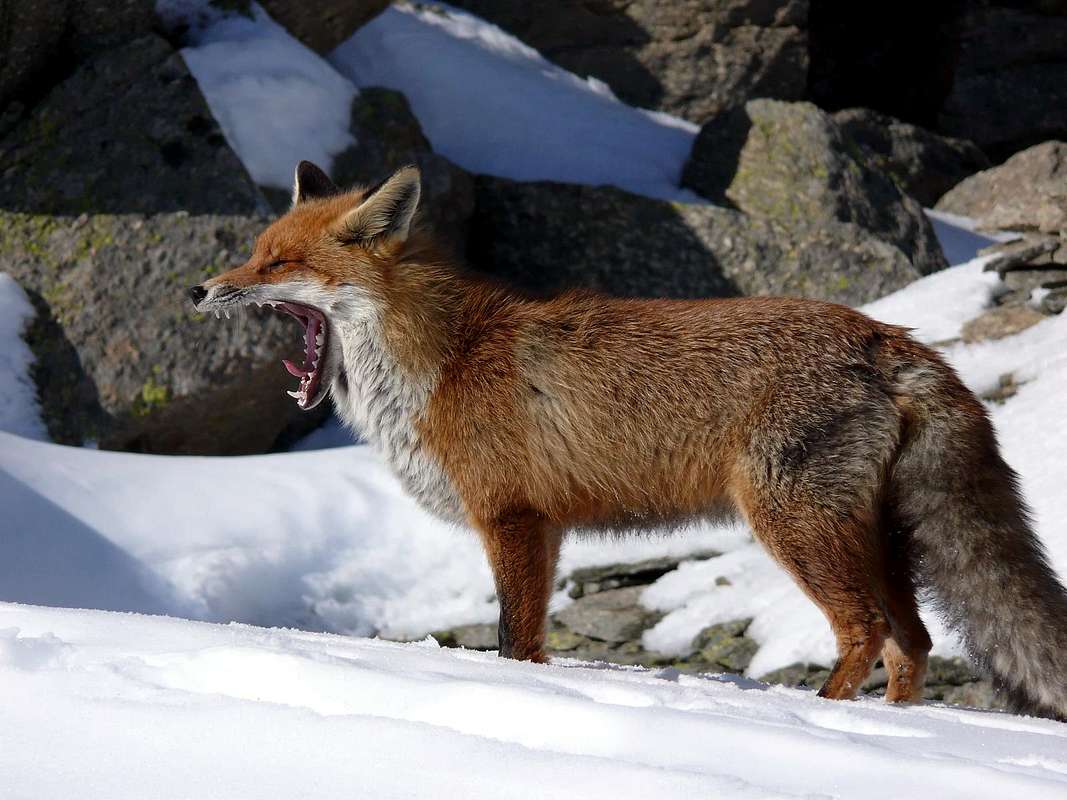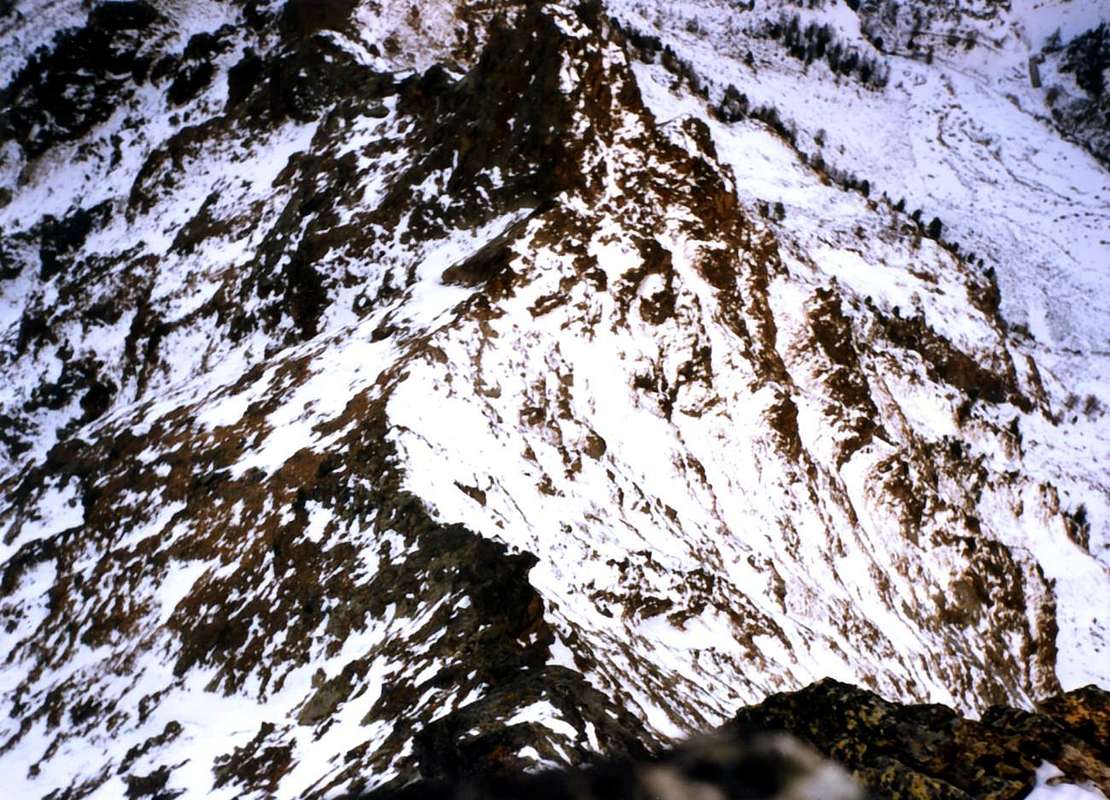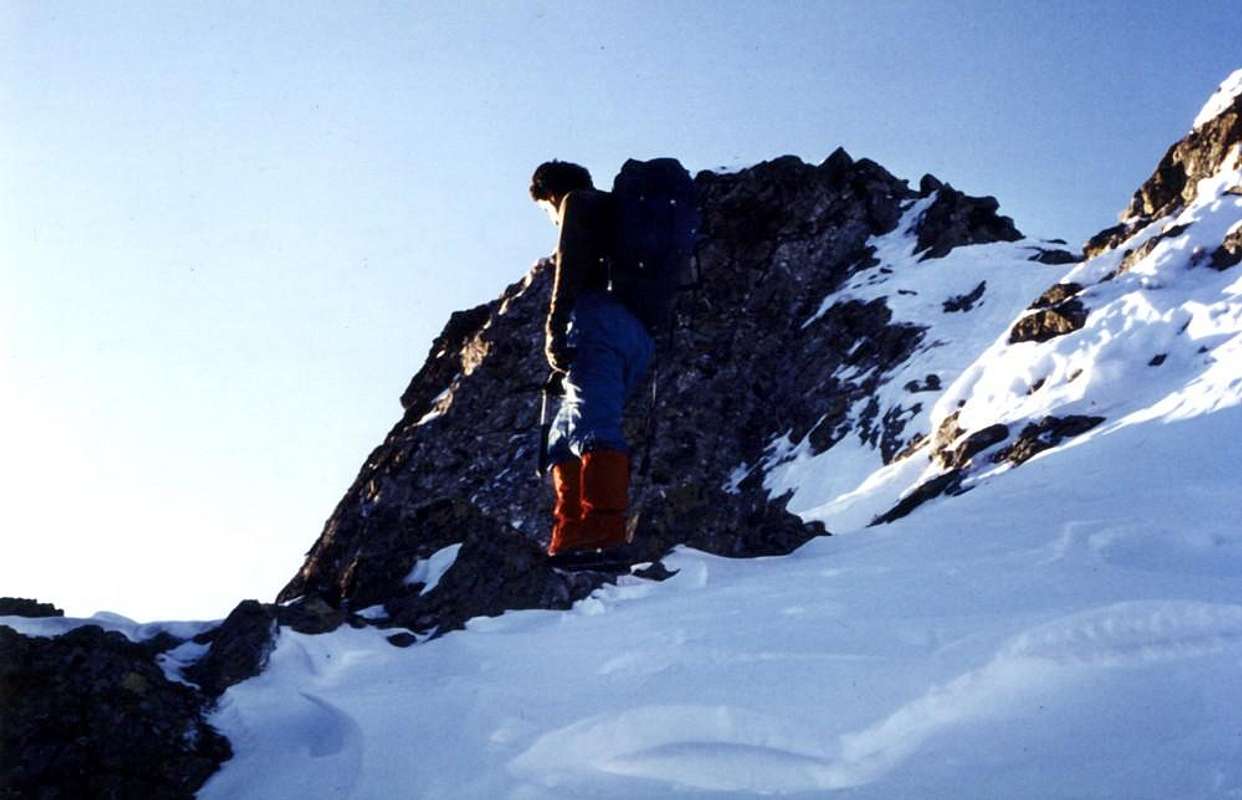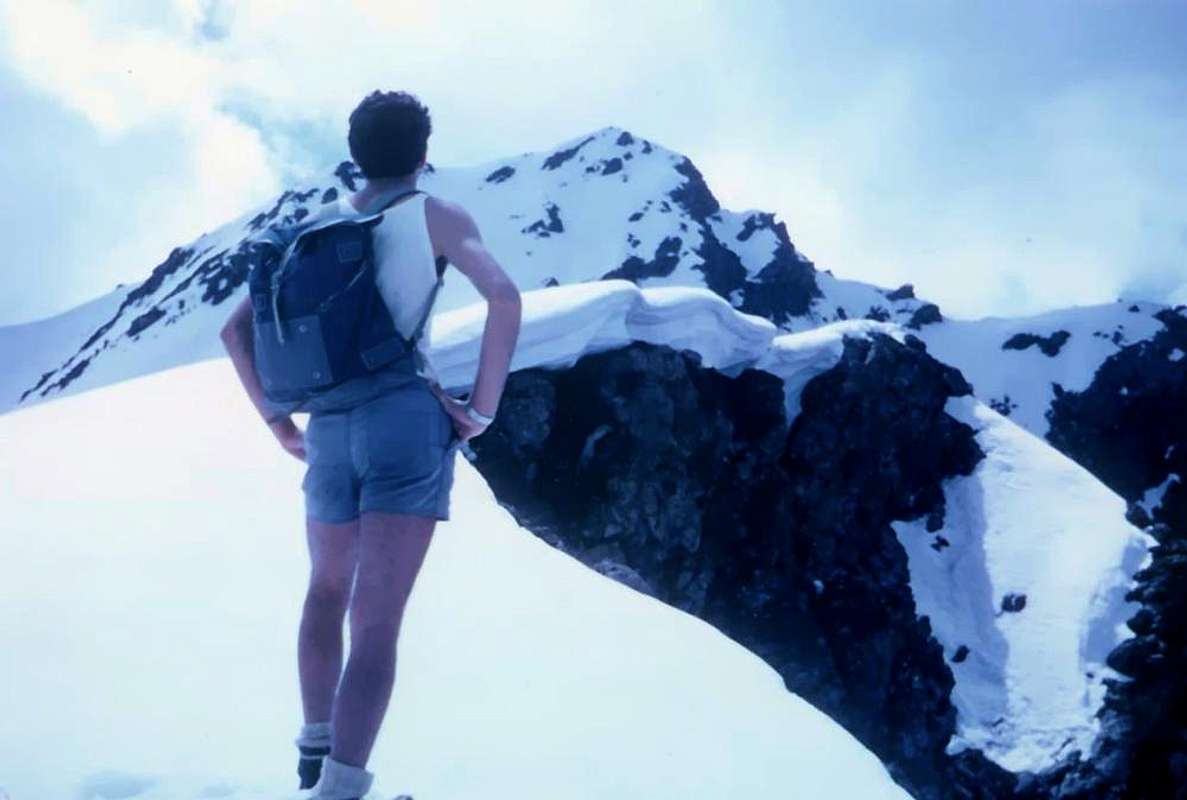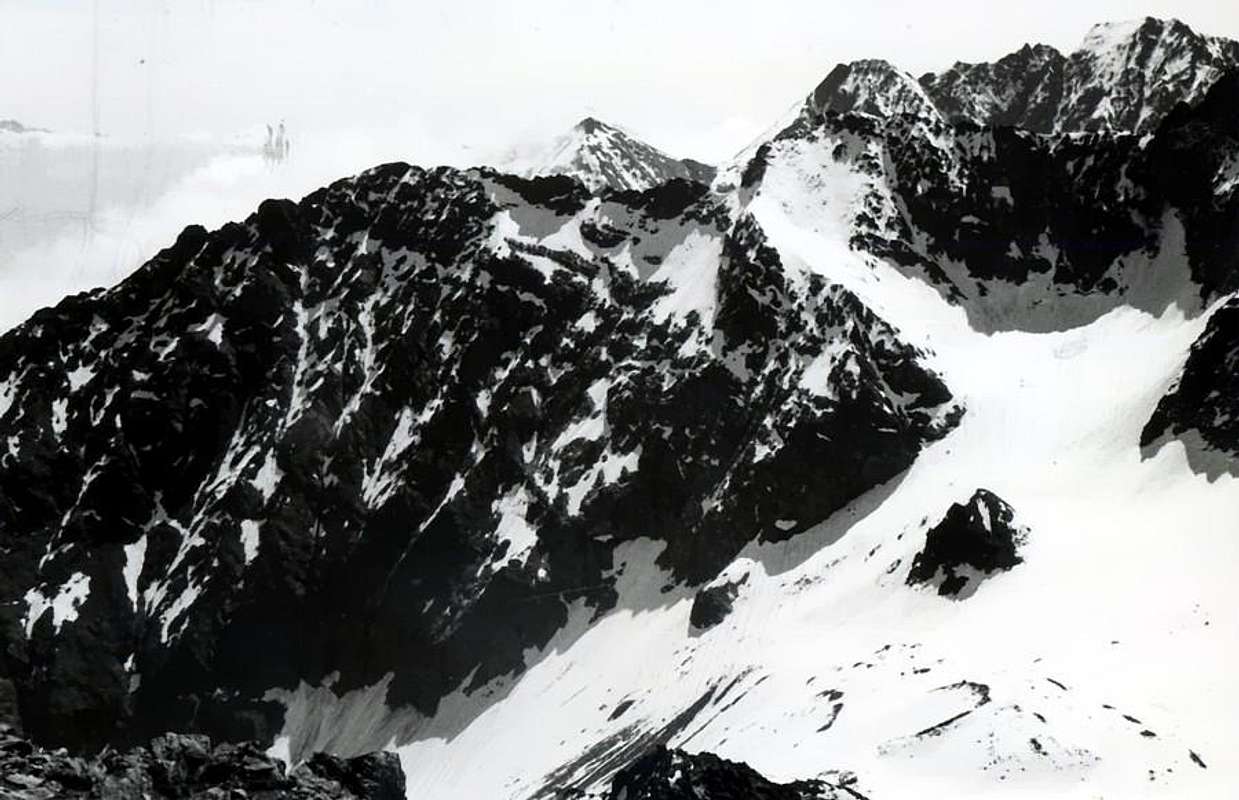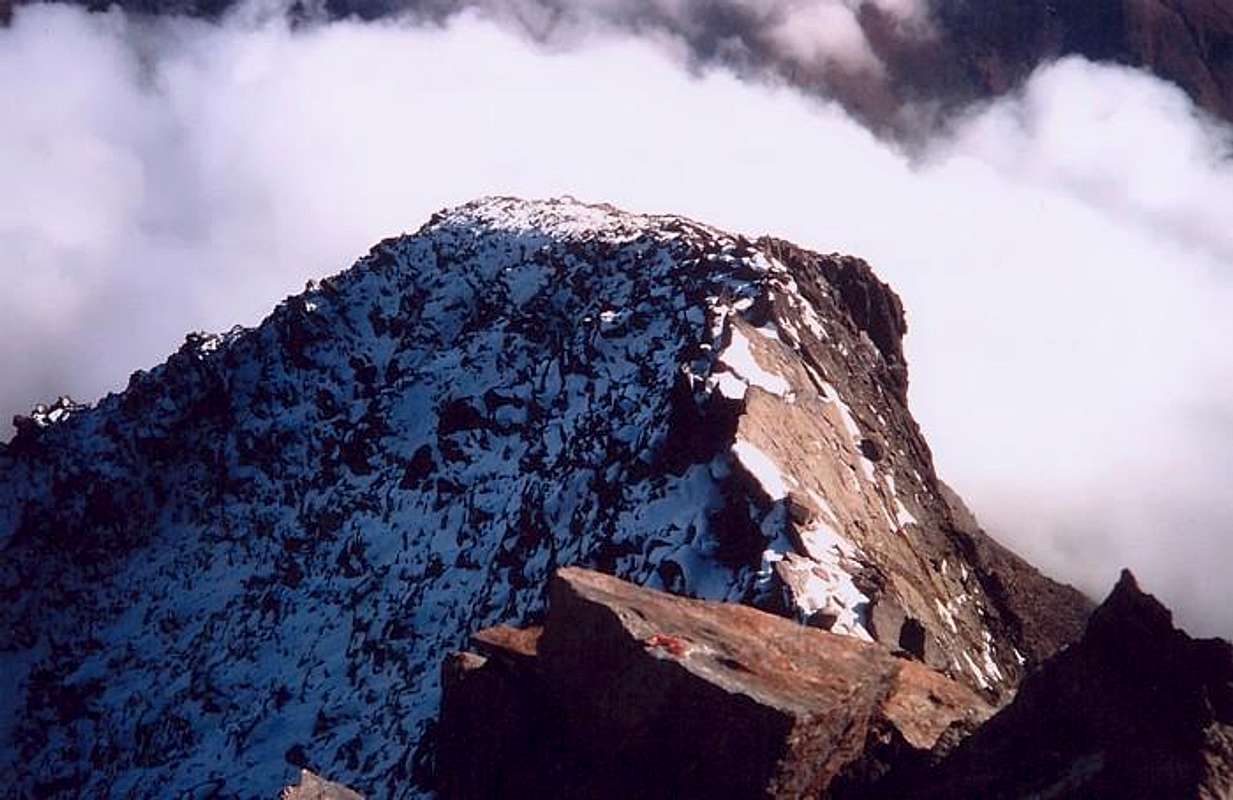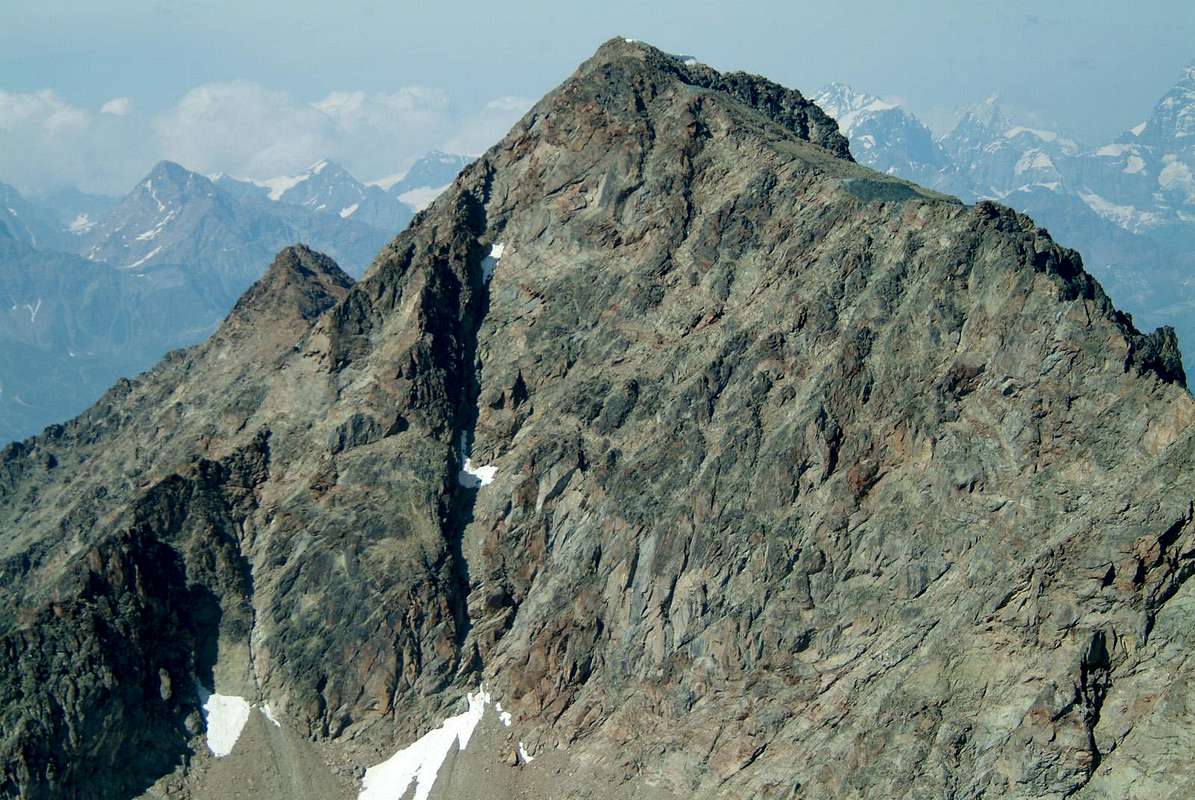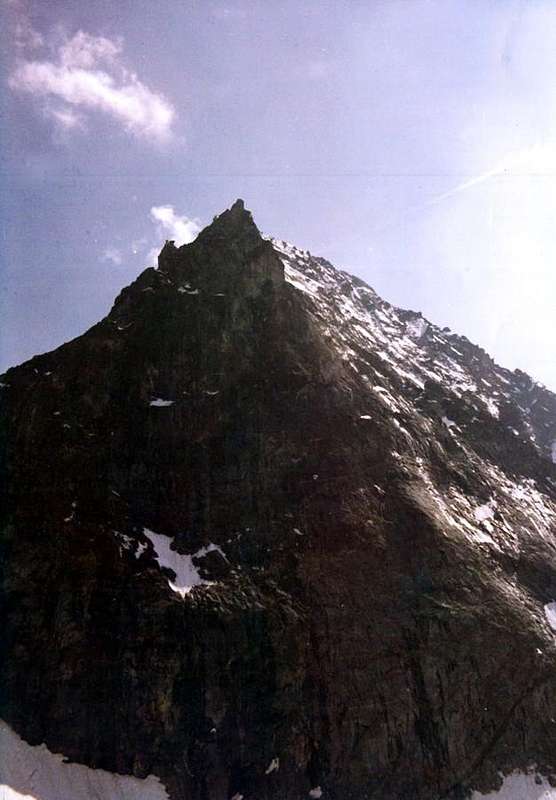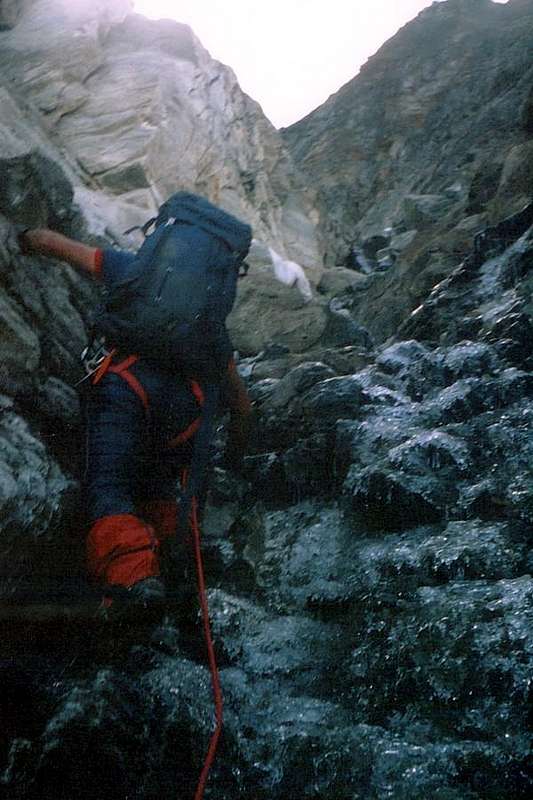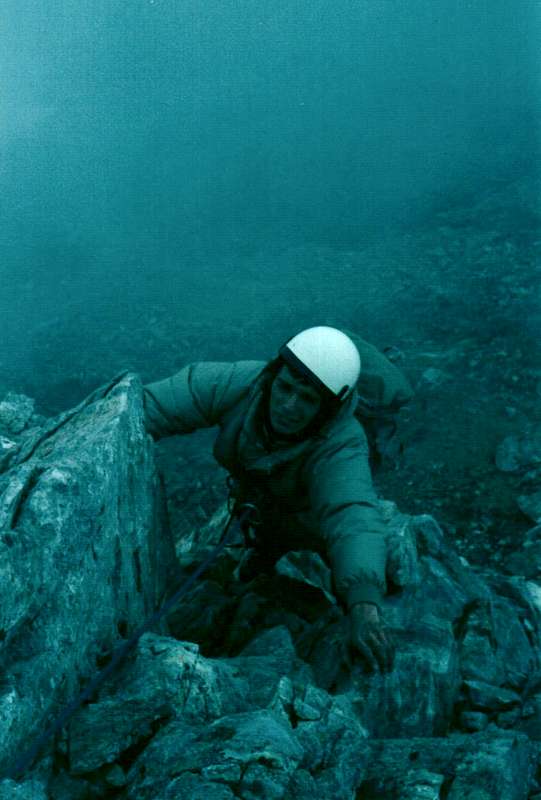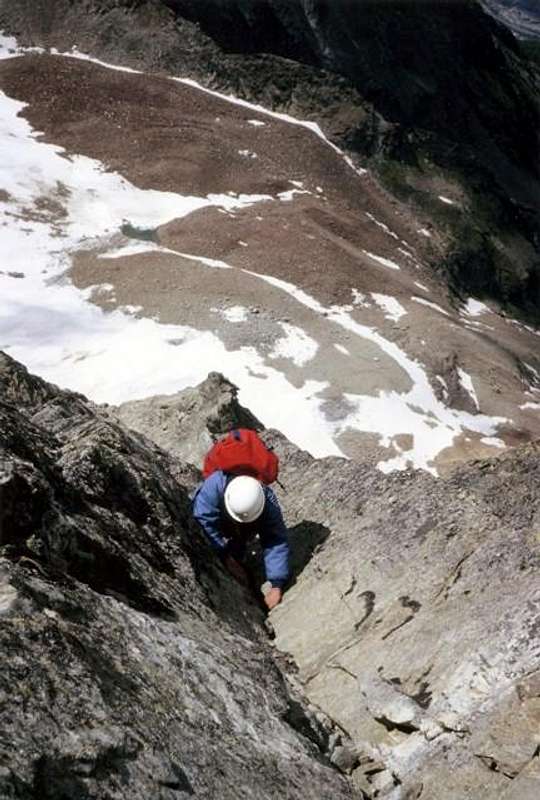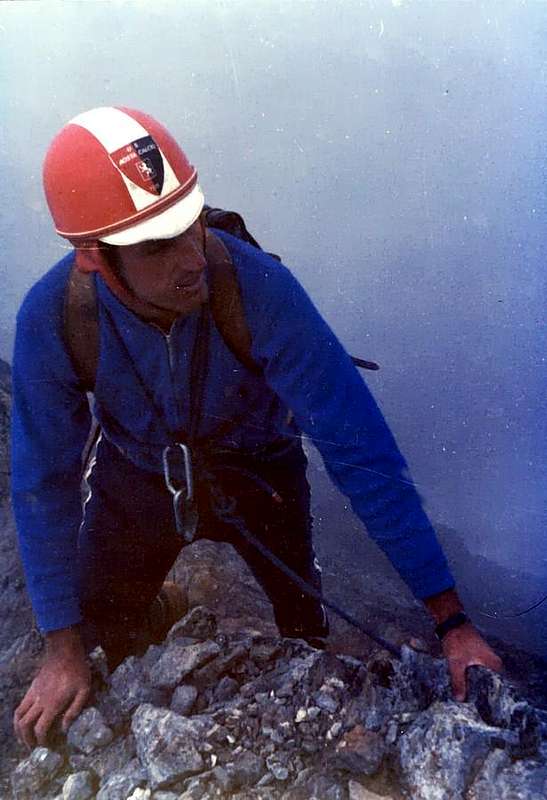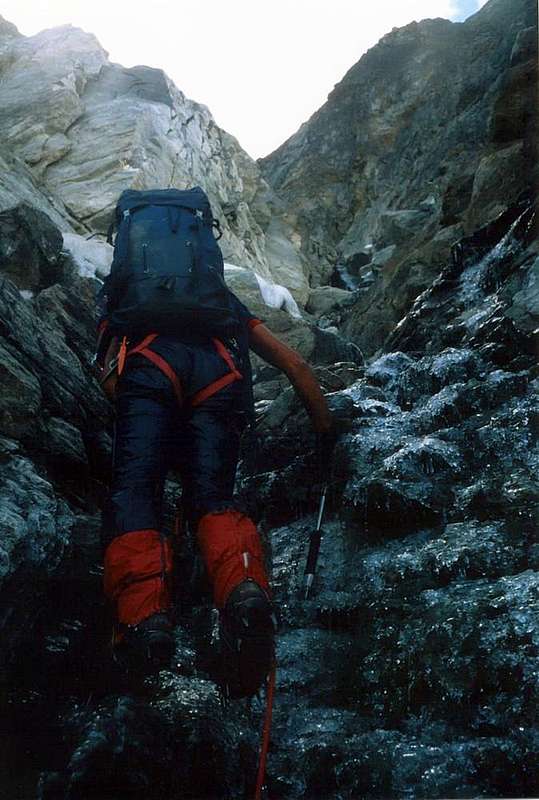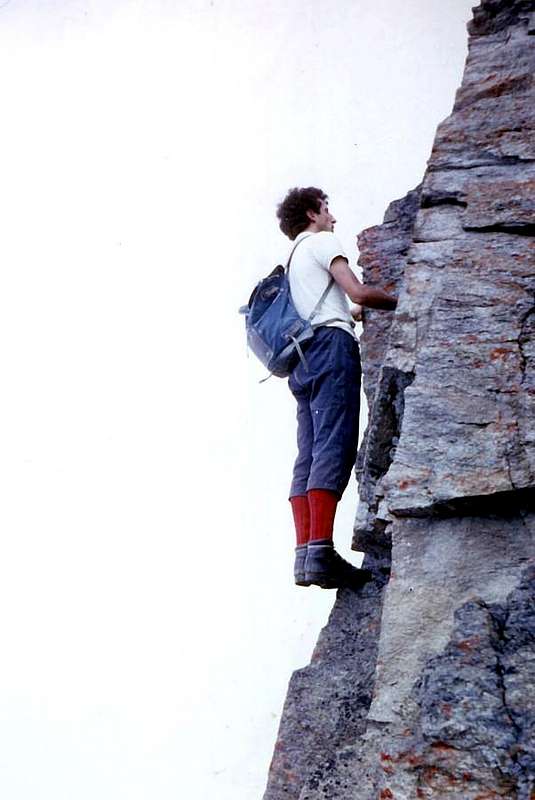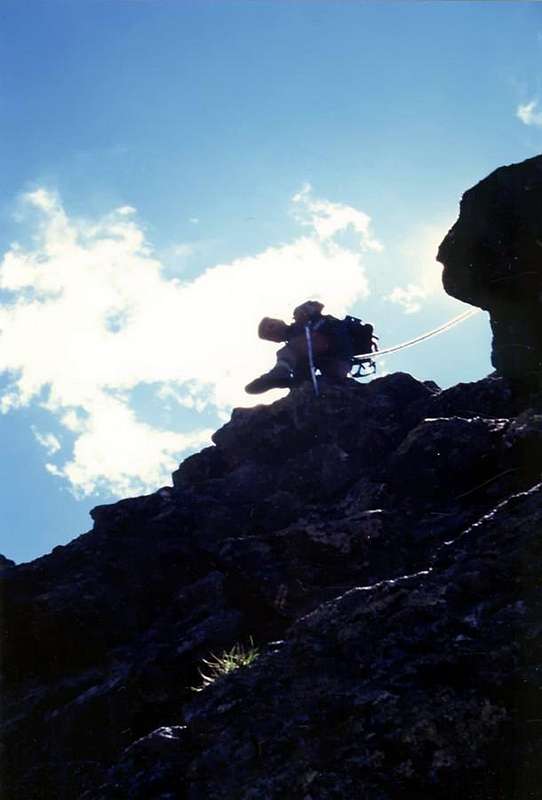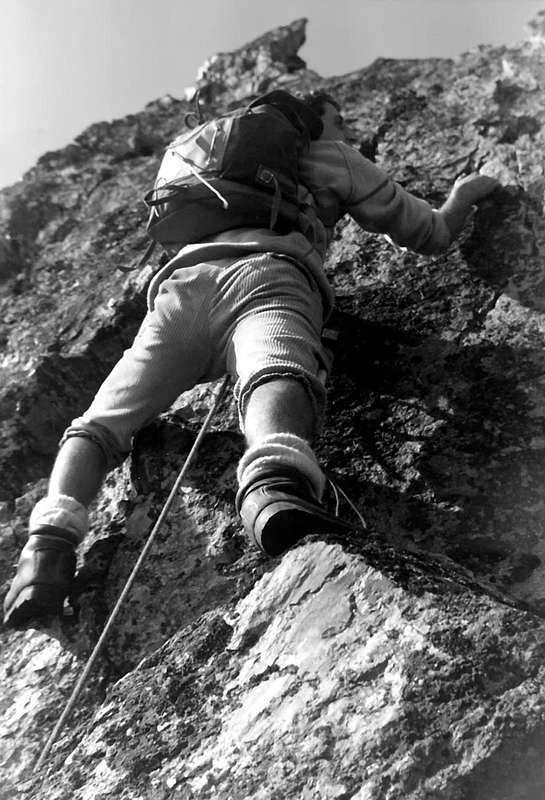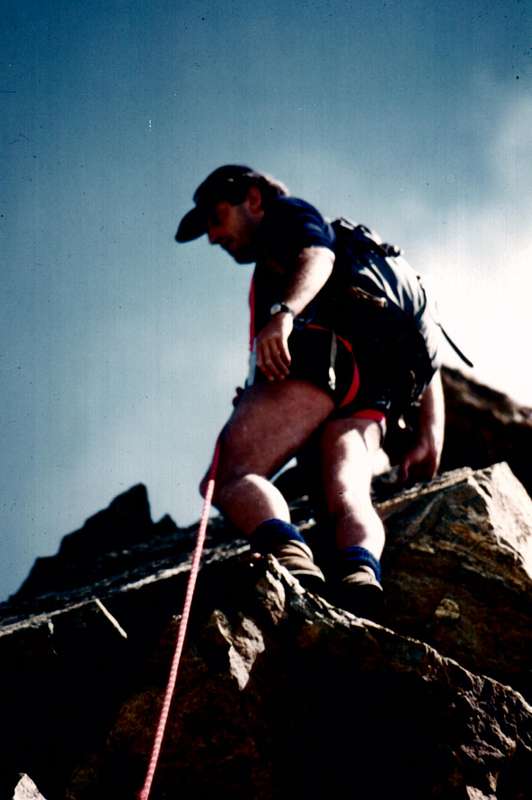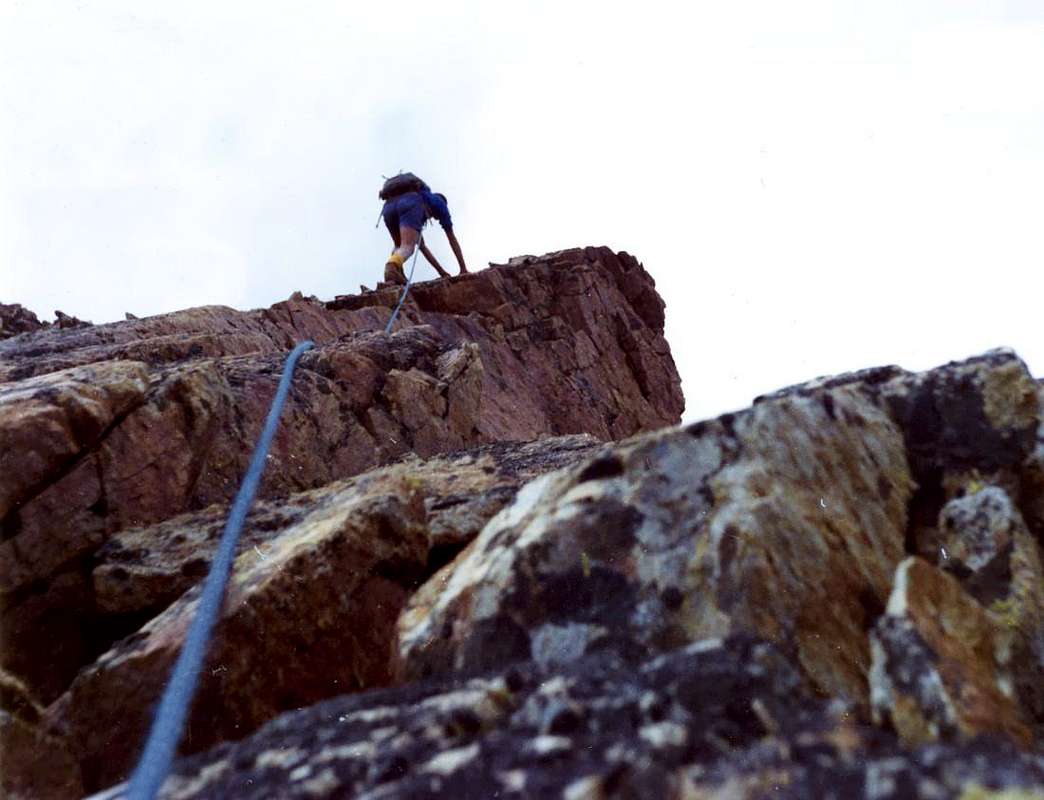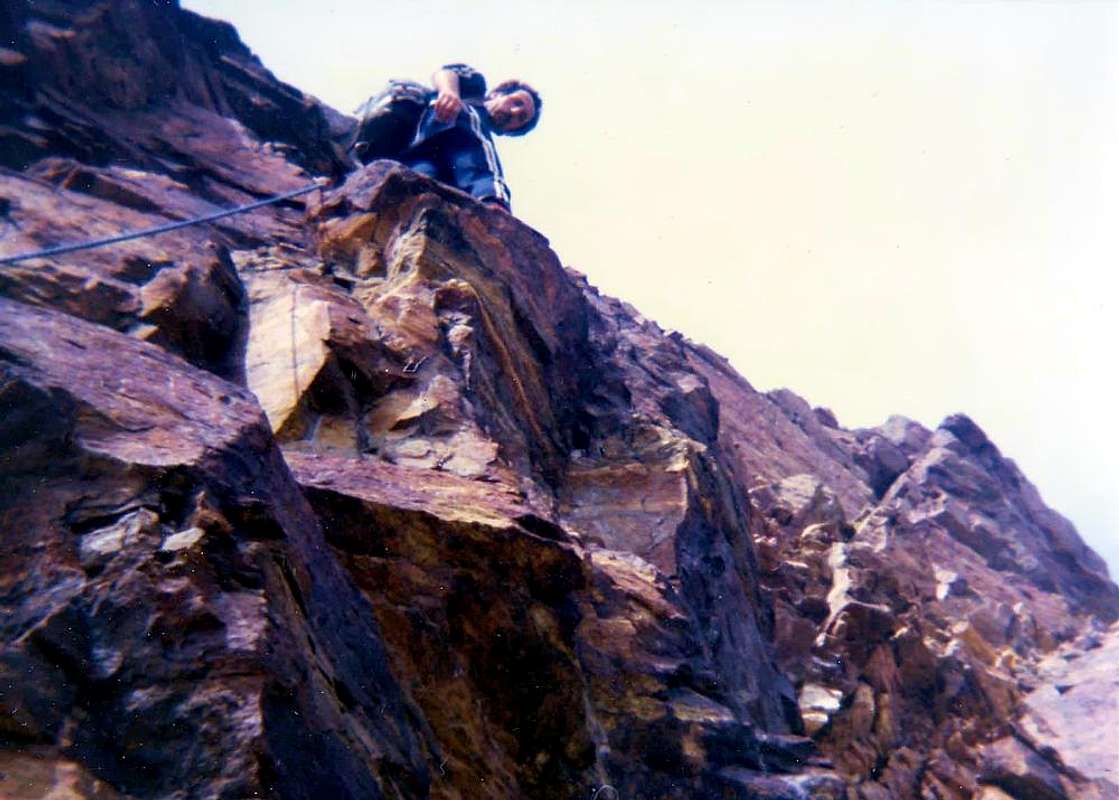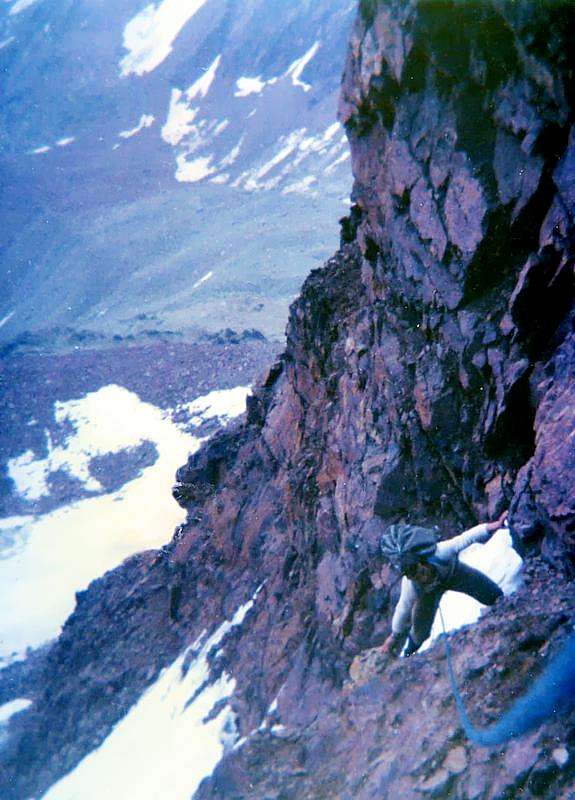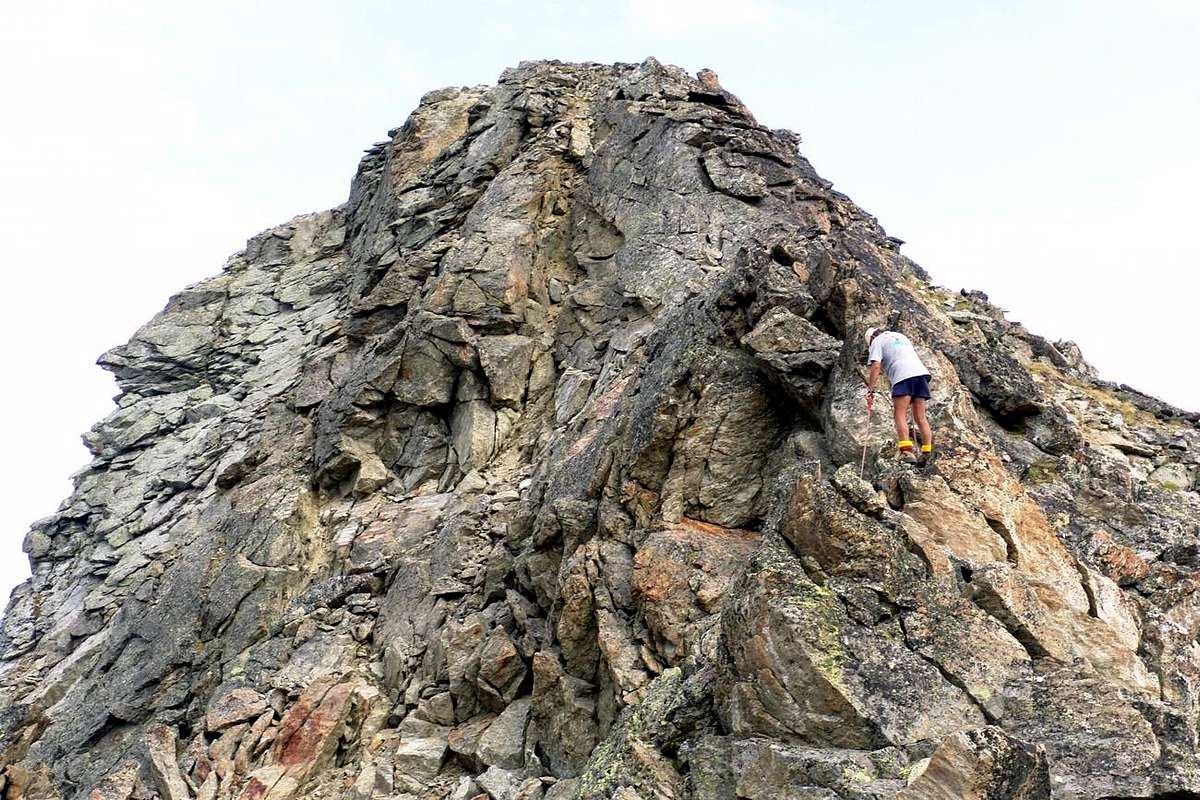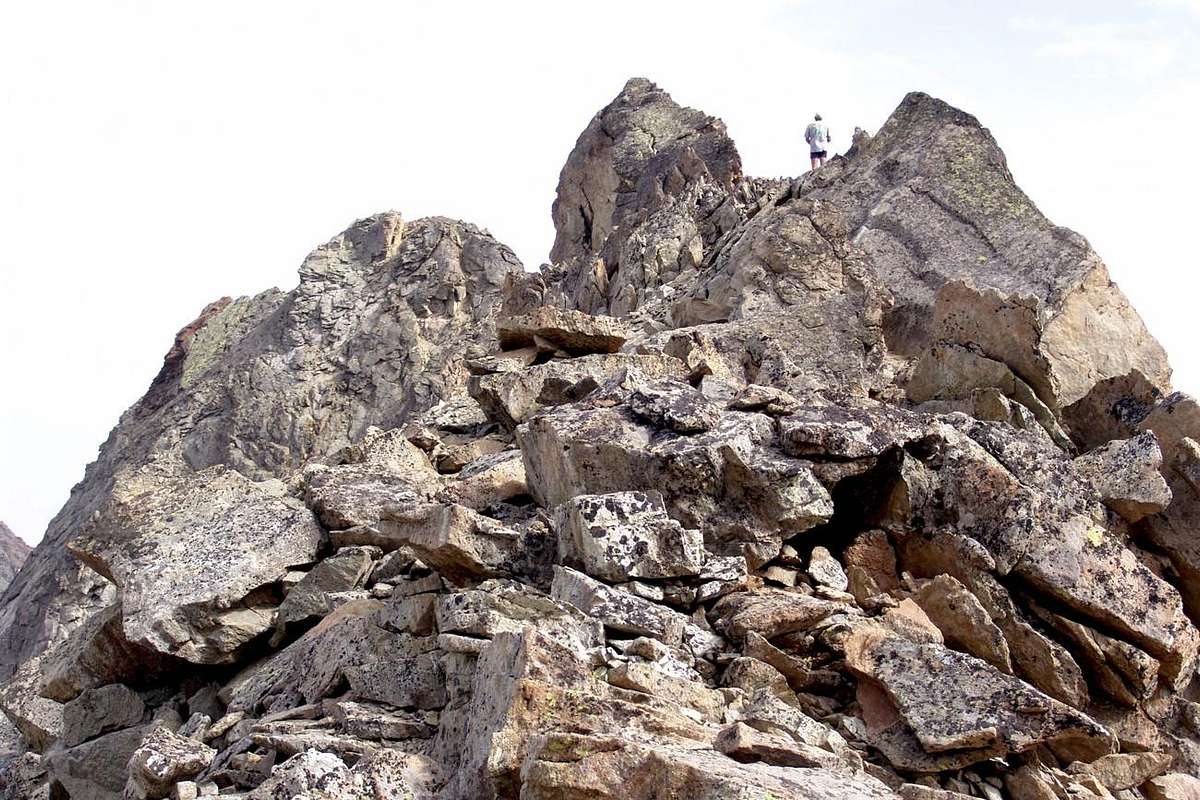-
 4748 Hits
4748 Hits
-
 82.48% Score
82.48% Score
-
 15 Votes
15 Votes
|
|
Route |
|---|---|
|
|
45.67850°N / 7.38627°E |
|
|
Mountaineering |
|
|
Summer |
|
|
A long day |
|
|
Class 4 |
|
|
From F to AD+ |
|
|
II |
|
|
Note
|
La montagna chiama i suoi figli, ed essi rispondono fedelmente al suo appello… Osvaldo Cardellina, Diario alpinistico, 1964-65 Page texts: @ OsvaldoCardellina "Osva", passed away on May 2, 2022. Page owners: Christian Cardellina e Osvaldo Cardellina. Any updates from September 12, 2022: Antonio Giani, page administrator, friend and climbing companion. Testi della pagina: @ OsvaldoCardellina "Osva", scomparso il 2 maggio 2022. Proprietari pagina: Christian Cardellina e Osvaldo Cardellina. Eventuali aggiornamenti dal 12 settembre 2022: Antonio Giani, amministratore della pagina, amico e compagno di salite. |
"SALASSIANS" OVERVIEW
We considered the most important and interesting peaks, although some are little known or even completely unknown, the small Group of Emilius. Located right in the heart of Aosta's Valley, dominates the town of the same name that takes its name from the Emperor Augustus defeated this 2000 years ago, after hard battles, and subdued the local population of the Salassians, People of Celtic origin. Since then the very Ancient Cordelia (there is still the Neighbour-hood of Saint Martin of Corléans, shrinkage Cordélians named after its legendary King Cordelus), this was to be the primitive name, became Augusta Praetoria Salassorum, or the City of Augustus protected by the Praetorian Guard. Who had the task of overseeing warlike Salassians, who rightly defended their land from the invader. A little like America to the Redskins, or, if you want improperly, the American Indians or Amerindians. Imagine the look of these soldiers in front of these high mountains; them used to the maximum to observe the Seven Hills of the Urbs. So this small valley, the "Petite Patrie" also Little Country, such as called some historians and even the Abbé Joseph Maria Henry, became the Aosta Valley, or the Valley of the Great Caesar Augustus. From there they took the streets to Gaul, Helvetia and to Britain. From here the legions passed and raising the view watching the Emilius, prevailing over the Town. Then passes through the Little and Great St. Bernard passed through, looking even more amazed, almost fearful, more tall and majestic peaks. Eternal. Other than their Divine Emperor. Who knows if they had reviewed the Emilius and Civitas of Augusta Praetoria. It was joy for everyone. But Emilius, undaunted, has remained. Them even more dust. The ancient Salassians have been vindicated by the TIME ... Our mountains, however, are still there. Intact, or nearly so, dominate the Central Valley of the River Dora Baltea and straddle between the Valleys of Saint Marcel East and the Torrent Grand Eyvia, or the Great Water, that runs from Cogne and from the Great Paradise Glaciers in the Southwest, perpendicular diagonal with the central axis of the valley. The Emilius, O Lord and Master unchallenged, all of them dominates from the top of its steep ridges and vertiginous walls. Always and forever.
Abbiam preso in considerazione le vette più importanti ed interessanti, anche se alcune sono poco conosciute oppur addirittura del tutto misconosciute, del piccolo Gruppo dell'Emilius. Situato proprio nel cuore della Valle d'Aosta, domina l'omonima Città traente il proprio nome dall'Imperatore Augusto. Questi 2000 anni orsono sconfisse, dopo aspre battaglie, e domò la locale popolazione dei Salassi, Popolo d'origine Celtica. D'allora l'Antichissima Cordelia (sussiste ancor oggi il Quartiere di Saint Martin de Corléans, contrazione da Cordélians dal nome del suo leggendario Re Cordelus), poiché tal doveva esser il primigenio toponimo, divenne Augusta Praetoria Salassorum, ovvero la Città di Augusto presidiata dai pretoriani, con il compito di vigilare sui bellicosi Salassi, che giustamente difendevano la loro terra dall'invasore. Un poco come in America per i Pellerossa o, se si vuol impropriamente, gli Indiani d'America o Amerindi. Immaginiamo lo sguardo dei milites di fronte a queste alte montagne; loro abituati al massimo ad osservar i Sette Colli Urbis.
Così questa piccola valle, la Petite Patrie, come la denomiva qualche storico ed anche l'Abbé Joseph Maria Henry, diventò la Valle d'Aosta, ovvero la valle del Grande Cesare Augusto. Da qui presero le vie per le Gallie, l'Helvetia insino alla Britannia. Da qui le legioni passavano ed alzando la vista osservavano l'Emilius, imperante sul Borgo. Poi tramite i valichi del Piccolo e del Gran San Bernardo transitavano, quasi guatando, ancora di più esterrefatti, cime maggiormente alte e maestose. Eterne. Altro che il loro Divino Imperatore. Chi sà se avrebbero rivisto l'Emilius ed Augusta Praetoria. Non fu gioia per tutti. Ma l'Emilius, imperterrito, é rimasto. Di loro neppure più la polvere. Gli antichi Salassi sono stati vendicati dal TEMPO... Le nostre montagne, invece, sono ancora lì. Intatte, o quasi, dominano la Valle Centrale del Fiume Dora Baltea e cavalcano tra le Valli di Saint Marcel ad Oriente e del Torrente Grand Eyvia, ovvero Grande Acqua, discendente da Cogne e dai Ghiacciai del Gran Paradiso a Sudovest, in perpendicolare diagonale con l'asse centrale della Valle. L'Emilius, Signore e Sovrano incontrastato, tutti li domina dall' alto delle sue ripide creste e vertiginose pareti. Da sempre e per sempre.
The intruder in the Alps
When my friend Camillo grazing his cows at the Little Saint Bernard, did not want to hurt anyone. Indeed, in the footsteps of his grandparents, loved them, because they serve to combat Misery. Did not kill anyone, rather he loved his Voleine. It was all he had. I do not know, but he was rich! Rich in a Natural Life that is priceless. Rich of its fondness. Rich in their ideas and traditions. Rich Simplicity! Then came Satan ... This Bastard began to inculcate in men the idea of conquest.
Quando il mio amico Camillo pascolava le sue mucche al Piccolo San Bernardo, non voleva far del male a nessuno. Anzi, sulle tracce dei suoi Nonni, le amava, giacché gli servivan a combatter la Miseria. Non uccideva nessuno, anzi voleva bene alla sua Voleine. Era tutto ciò che possedeva. Non lo sapeva, ma era ricco! Ricco di una Vita Naturale che non ha prezzo. Ricco dei suoi affetti. Ricco delle sue Idee e Tradizioni. Ricco di Semplicità! Poi venne Satana... Questo Bastardo incominciò ad inculcare negli uomini l'idea di conquista.
They went in a thousand. And also of more than 1000. "They conquered" peaks, ridges, walls, edges. On the Summer and in Winter. They wrote everything; would compile reports every detail. But the Mount, did not understand a shit! Conquered, as he said Lyonel Terray, th'Useless. The worst image. Where the eagle flies over and imperious mistress of the sky and ibex "flies" on the rocks, crawling like worms, then tell and write about their "business." Where the Ibex with regally through the East of Emilius and fetching shade on the ledges of the Black Triangle ...
Andarono in mille. Ed anche di più di 1000. "Conquistaron" cime, creste, pareti, spigoli. d'Estate come d'Inverno. Scrivevan tutto; relazionavan ogni dettaglio. Ma della Montagna, non avevano capito un cazzo! Conquistavano, come diceva Lyonel Terray, l'Inutile. L'immagine peggiore. Dove l'aquila sorvola imperiosa e padrona del cielo e lo stambecco "vola" sulle rocce, strisciavano come vermi, per poi raccontare e scrivere delle loro "imprese". Dove gli Stambecchi attraversan con passo regale la Est dell'Emilius e van a prender ombra sulle cengie del Triangolo Nero...
OLD Routes Description

The eleven ascents now belong to a world that no longer exists. They belong to the pioneers who, without having dispozione modern means, as well as ways of drawing closer, they have written a page in the basic knowledge of these mountains, now neglected, but then the scope of and which constituted an essential reason Life. then the time has elapsed and their ascents and efforts have fallen by the wayside. As with just about all human facts. You probably are not that important ... To be considered a "Old Route", you avre at least 100 years. And even more. As Mountain or "Route" you must be a beautiful lady secular to be watched by us and taken into account. Otherwise should revert to ""Modern Era" and, for now, do not do much history. But they did not. Abbots, English, climbers and Guides sought the Eldorado. Of what? Of nowhere, incidentally like now! Of what? Of nowhere, incidentally like now! We, however, they are being returned to life, making them emeregere again from the distant past. But not too much ... Our analysis starts from long time, or from '800, but our TABLE does not include 1823, the year of the now recognized first ascent of Mount Emilius and even 1832, the year of the first ascent (with the same considerations) to the "Becca". Instead, we are concurrently with the first crossing of the Roèses, or in full mountaineering pioneer. We said Monte Emilius, because the old Pic du Vallée must have already been previously visited, if not by shepherds, at least, almost certainly, by hunters. But both he and they are gone, forever. We have not included this ascension in the "Old Routes", because the same, even today, is the Normal Route of Emilius. And there you'll find it. So in our centenary start risen since 1875, the year in which the good Joseph Corona, along with another Defey, this time Venance and probably grandson of the first or Giovanni Battista, climbs the mountain to "New Route". Accompanies them Grégoire Comé, Mountain Guide "with mule" of Charvensod. We are at home. The three try, 52 years later, a new route to the Summit. To lie along the West Face-southwest, in the midst of the vast and fractured wall between the West Ridge (then still a virgin), and precisely the Crest of the "Three Capuchins." A quantum leap. But the route, in time became "Corona Passage", is not proselytize. Indeed is an Arab Phoenix. There is absolutely no one. Yet Luigi Vaccarone and The Bobba cite it in their "Guide of the Western Alps", 1896, page 115, where to give a Latin accent Emilius becomes Aemilius: "b) Through southwest side. - From Lake of'Arbole bending to the left, cross the mass of debris that surrounds him, climb straight toward meeting a wide staircase at the foot of a wall about 25 meters in height; happens another smaller steps above which there is a rocky chimney very high but not difficult, you continue to zig-zag through the couloir crossing rocks smooth and you will reach a small cave under a large rock, jagged, last resting always left you grab the west ridge of the peak, and it is easily reaches the summit - 1 hour driving from Lake assiduous Arbole (Corona Passage)." . Where to Lake Arbole shall mean the current Frozen Lake.
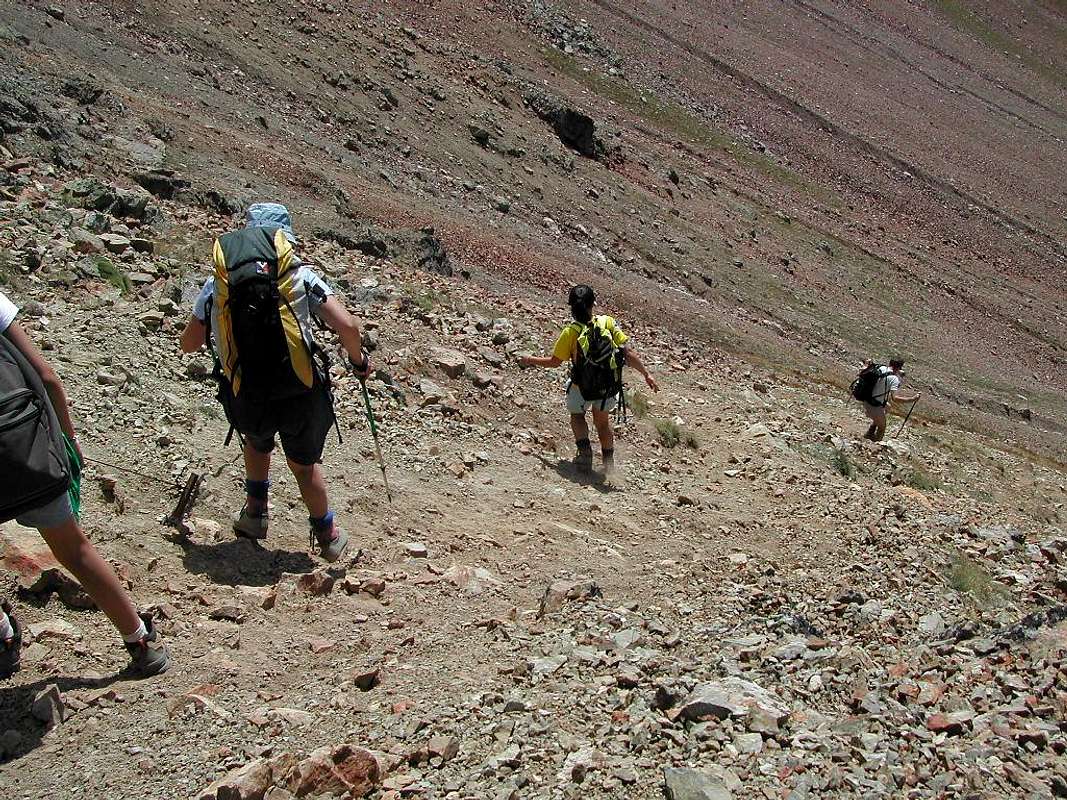
Queste undici ascensioni appartengono, ormai, ad un mondo non più esistente. Appartengon a pionieri che, senza avere a disposizione i mezzi moderni, nonché le vie di avvicinamento, han scritto una pagina basilare nella conoscenza di queste montagne, oggi neglette, ma, allora ambite e costituenti un motivo essenziale di Vita. Poi il tempo è trascorso e le loro ascensioni e fatiche son cadute nel dimenticatoio. Come succede per tutti i fatti umani. Probabilmente non sono così importanti... Per essere considerata una "Old Route", devi avre almeno 100 anni. Ed anche di più. Come Montagna o come "Route" devi essere una bella signora secolare per essere da noi guardata e presa in considerazione. Altrimenti ricadi nell'"Era Moderna" e, per adesso, non fai gran Storia. Ma loro no. Abati, Inglesi, alpinisti e Guide cercavano l'Eldorado. Di che cosa? Del nulla, daltronde come adesso! Noi, invece, li riportiamo in vita, facendoli riemeregere nuovamente da un lontano passato. Ma non troppo... La nostra disamina parte da lontano, ovvero dall'800, ma la nostra TABELLA non include il 1823, anno della oramai riconosciuta prima ascensione al Monte Emilius e neppure il 1832, anno della prima ascensione (con le stesse considerazioni) alla "Becca". Siamo invece in concomitanza con la prima traversata delle Roèses, ovvero in pieno alpinismo pioneristico. Abbiamo detto Monte Emilius, perché l'antico Pic du Vallé doveva esser già stato precedentemente visitato; se non da pastori, quantomeno, quasi sicuramente, da cacciatori. Ma sia lui che loro son scomparsi, per sempre. Non abbiamo inserito questa ascensione nelle "Old Routes", perché la stessa, ancor oggi, costituisce la Via Normale dell'Emilius. E lì la troverete. Quindi nelle nostre centenarie salite incominceremo dal 1875, anno nel quale il bravo Giuseppe Corona, insieme ad un altro Defey, questa volta Venanzio e, probabilmente nipote del primo o Giovan Battista, sale la montagna per "Via Nuova". Li accompagna Grégoire Comé, Guida "con mulo" di Charvensod. Siamo a casa sua. I tre cercano, 52 anni dopo, una nuova via per la Vetta. La trovano lungo la Faccia Ovest-sudovest, in mezzo a quella vasta e fratturata parete compresa tra la Cresta Ovest (allora ancora vergine) ed appunto la Cresta dei "Tre Cappuccini". Un salto di qualità. Ma la route, divenuta nel tempo "Passage Corona", non trova proseliti. Anzi é un Araba Fenice. Non ci va proprio nessuno. Eppure Luigi Vaccarone ed Il Bobba la citano nella loro "Guida delle Alpi Occidentali", 1896, pagina 115, dove per dare un accento latino l'Emilius diventa AEmilius: "b) Pel lato sud-ovest. - Dal lago di Arbole piegando a sinistra si attraversa la massa di detriti che lo circonda ; si sale dritto verso il picco incontrando un'ampia gradinata ai piedi d'una parete di 25 metri circa di altezza ; succede un'altra gradinata minore sopra la quale si trova un camino molto alto ma non difficile ; si continua a zig-zag pel canale traversando roccie lisce e si giunge ad una piccola grotta sotto una gran rupe frastagliata ; da ultimo poggiando sempre a sinistra si afferra la cresta ovest del picco e per essa agevolmente si perviene al vertice - ore 1 di marcia assidua dal lago d'Arbole (Passaggio Corona).". Dove per lago d'Arbole si deve intendere l'attuale Lago Gelato.

1) - Point of the Valletta (3.090m)): Guignard Route 1877. "E'cho des Alpes", 1877, pages 71/2; "Statistiche delle prime ascensioni nel gruppo del Gran Paradiso", 1908, by Agostino Ferrari.
2) - Becca of Nona (3.142m): Engineer Casalegno Route 1832. Archive I.G.M. and "Statistica delle Prime Ascensioni 1886", by Luigi Vaccarone.
3) - Mount Ròss of Comboé (3.301m): Henry/Comé Route 1902. "RM 1993", page 79.
4) - Little Emilius (3.342m): Devalle/Daniele with Bich & Pession Route. "RM 1897", page 385.
5) - Mount Emilius (3.559m): Passage Corona/Defey with Comé 1875. "L'Alpinista" II 1875", page 157.
6) - Emilius's Red Points (3.401m Western Summit): Coolidge/Gardiner with C. & R. Almer Route 1891. "Oesterreichische Alpenzeitung" 1891, page 278.
7) - Garin Peak (3.451m): Gorret/Carrel Route 1866. "RM 1890", page 196.
8) - Arpisson's Tower (3.231m): Yeld/Pession Route 1897. Alpine Journal 1897 XVIII, n° 38-517-525; "RM 1898", page 133.

9) - Leppe's Point (3.306/7m): Ferrari/Glarey Route 1893. "RM 1898", page 489.
10) - Grande Roise : (3.356/7m): Decaroli/Lucat with Carrel Route 1875. "L'Alpinista II", 1875, page 150; "Statistiche Ferrari 19082.
11) - Grande Roise : (3.356/7m): Rev's. Nant/Cretaz Route 1906. "Revue Alpine Lyonnaise XIII", 1906, page 207; "Statistiche 1908", by Agostino Ferrari.

CLASSIC Routes Description
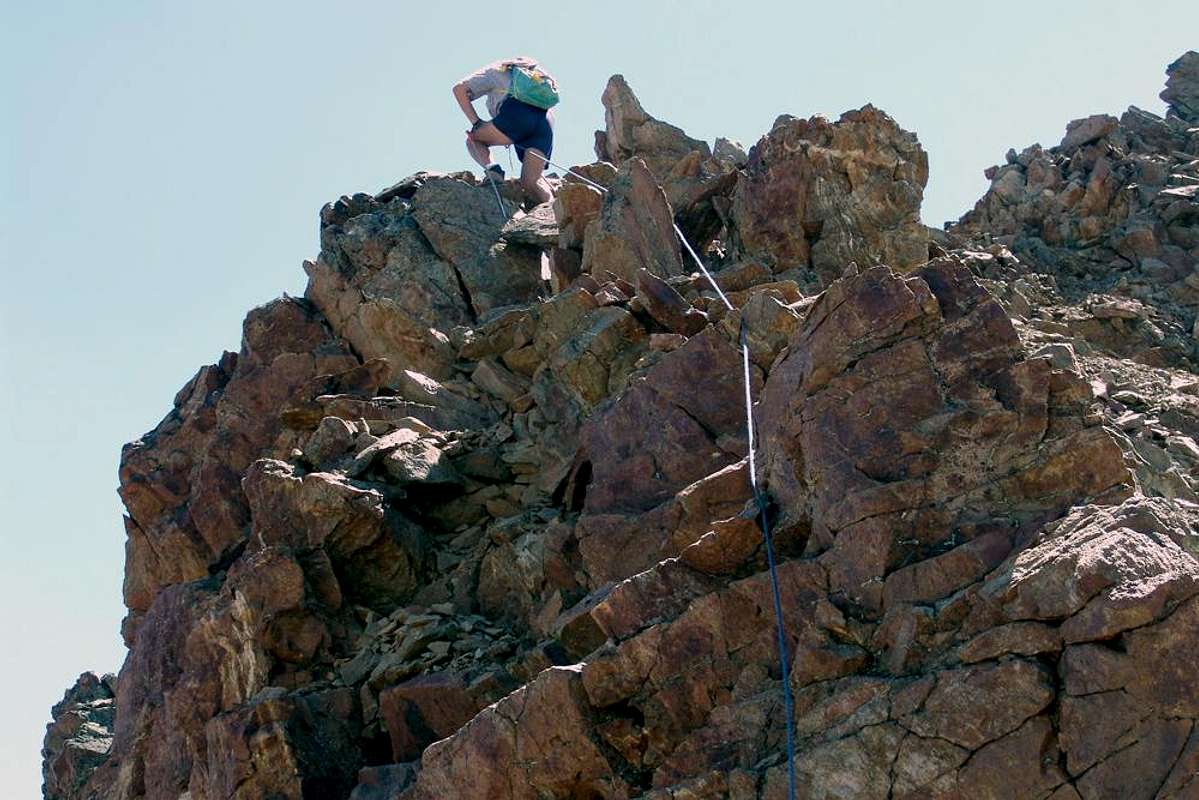
To get into the Half Century Club, your ascension must have at least 50 years of "seasoning". Otherwise, you're nobody. You are part of this "New Wave" of the nail and the bolts. Instead these are real climbs, without Insurance behind the ass. Unfortunately they had to pay a price. Very high! Do not come back to us, you do not want! We are ghosts of another era. To forget ... Certainly being in the classic group of Mount Emilius is a little different than in groups of Mont Blanc, Matterhorn, Rosa and Gran Paradiso. Here the "Hits" possess other numbers, which are not comparable to those, incidentally, even in these, the most famous and well-attended by a large mass, we have the "Classic" coming to barely a dozen steps. But here also counts a third factor: the Type of valve, In our case this was avoided by limiting the requirements to the first two complaints: the factor Chronological and to a certain Crowd. And we start with just a climb that these two flaunts them in a diametrically opposite way. The climb to the Little Roise (3.273m) with subsequent crossed the Great (3.356/7m), carried out by the rope Lucat/Decaroli with the very famous Guide Valtournanche's Jean Antoine Carrel in 1875, can be considered the most classical of the group dated, but the repetitions are not found in great numbers. For many factors, not least of which is the length in approaching, both from the Valley of the Laures that by the opposite of Saint Marcel, through which came the First Absolute. Besides, if we include the "Vie" made on the walls of the Little, the Junod Points, the Great Roise, the Points Garzotto and Leppe and consecutively resulted in the crossing, if only to be able to maintain its descent, the number of steps starts to get interesting. However does not reach the thirties (in the personal statistics are less than twenty, but, you know, something always escapes, because it is not easy to have the information of everyone and everything). After sixteen years we find an ascent which can be regarded as such enjoying a good attendance in years, but lately, for increasing hazard factors during the ascent of the Western Side of the Pas du Valaisan, this route is going to be rightly forgotten. It is the ascension of rope of the famous Reverend Coolidge, the great explorer of the Alps, with the other English Gardiner accompanied by Swiss Mountain Guides (for a change!) Christian Almer and Rudolf. Scions "DOC" of the famous Family of Almer. Date back to the Valaisan's Pass and on the ridge, or slightly below the West, dating back to the Western Summit of Emilius's Red Point, a climb that will be taken up only in part on the South Ridge, by Agostino Ferrari with B. Glarey in 1898 during their exploration in two days, which will take them up to the crossing of the Roèses above. This will recklessly Pas challenged, and alone, by Dr. Anselme "Ansel" Falcoz in its two first winter in 1939 to the three hilltop Punta Rossa and the Tour Grauson, and indeed in this fictional exploits lasted three days Pas will also be used for the return to Fernier (Pila). Things of the past! It will take a further three years, or in 1984, to find an analogous feedback, are the British Baker/Hiatt/Oliver with another very renowned Mountain Guide of the Era, the Swiss Alexander Burgener, to realize another location that receives the same feedback: the Southwest Ridge of Point Garin (3.451m), even coming from the Vallon of Grauson and crossing through the Fleurie's Pass, in that of Arpisson. But another rope, also in 1875 had created a "New Via", he claimed in the report on "L'Alpinista" the first climbers, or Officer of the Alpine Troops Cesare Pavese with two soldiers, but this, that the West-northwest Ridge always of Garin Peak, is, over time, become so "classic" to become the Normal Route, at least with the departures of the Vallons Arpisson (Bivouac Franco Nebbia) and Arbolle (Arbolle's Shelter). And in this kind of we go up the framed. Then you have to wait for 1902 and 1906 for other climbs have become "classic", the credit is attributed to the Abbé Henry Troupe who made three ridges, in the progression, of Emilius: the East or "Brissogne", the West-northwest, current "Via Ferrata", and the North-northeast Edge. This last, with the same considerations as above, we have placed even in the section concerning "prestigious OTHER" for reasons of difficulty, but in fact should be considered a classic with a C capital. Indeed climbing more classic into whole group, Standard Routes, of course, excluded. One more uphill on the Crest Northeast of the Eastern Sujmmit of Punta Rossa Emilius (3.400m) by Girolamo Segato (fall in the same year with his brother on the North Edge of Grivola also called the "Scimitar"), starting from Arbolle's Hill (3.154m), in what is the only first ascent certain air of this ridge, then this type of climbing has finished his vein. Another last "Crestone", the North-Northeast of Becca di Nona in 1926 will be the trait d'union, then will begin the era of exploration of the walls, of which there had been a forecast with the North Face of the "Becca" in 1920 by Michele Baratono, Amilcare uncle, Mario Schiagno and the Great Historical European Federico Chabod, brother of Renato. Closes in this manner this type of Mountaineering Classic, and will start another type of "Exploratory Sports" which will highlight a new generation of climbers: Amilcare Crétier, Lino Binel, Renato Chabod, Guido Perolino, Giuseppe Riconda, the two brothers Jean and Alexander "Dino" Charrey, Cino Norat, Emile Charrey, Marino Guglielminotti and others. Their exploits in Good and Evil will remain indelibly in the History of the Aosta's Valley of the Mountaineering between the Twenties and Thirties. It will be operated by a Mountain Classic "Mountaineers Classics".
Per entrare nel Club del Mezzo Secolo, la tua ascensione deve avere almeno 50 anni di "stagionatura". Altrimenti non sei nessuno. Fai parte di questa "Nouvelle Vague" del chiodo e dello spit. Queste invece son salite vere, senza Assicurazioni dietro al culo. Purtroppo han dovuto pagar un prezzo. Molto alto! Non venir dietro a noi, non ti vogliamo! Siamo Fantasmi d'un'altra Epoca. Da dimenticare... Inoltre, oltre ad avere l"Età" queste salite debbon possedere la credenziale d'una certa frequentazione consolidata negli anni insino ai giorni nostri; queste sono le due prerogative di base che abbiamo considerato per ritenere un'ascensione CLASSICA. Certamente essere classici nel Gruppo del Monte Emilius é un pò diverso che non nei Gruppi del Monte Bianco, Cervino, Rosa e Gran Paradiso. Qui gli "Hits" posseggono altri numeri, non paragonabili a quelli; daltronde anche in questi, ben più famosi e frequentati da una grande massa, abbiamo delle "Classiche" che arrivano a malapena alla dozzina di passaggi. Ma qui conta anche un terzo fattore: la Tipologia della Via, Nel nostro caso questo é stato evitato, limitandone i requisiti ai primi due esposti: il fattore Cronologico e quello d'una certa Frequentazione. Ed iniziamo proprio con una scalata tale da ostentanrli, anche se in modo diametralmente opposto. La salita alla Petite Roise (3.273 m) con susseguente attraversata alla Grande (3.356/7 m), effettuata dalla cordata Lucat/Decaroli con la famosissima Guida di Valtournanche Jean Antoine Carrel nel 1875, può essere considerata la più datata classica del gruppo; ma le ripetizioni non sono riscontrabili in numeri eccezionali. Per molti fattori, non ultimo quello della lunghezza nell'Avvicinamento, sia dal Vallone delle Laures che dall'opposto di Saint Marcel, tramite il quale avvenne la Prima Assoluta. Comunque se calcoliamo anche le Vie realizzate sulle pareti della Petite, delle Punte Junod, della Grande Roise, della Punta Garzotto e della Leppe e consecutivamente sfociate nella traversata, anche solo per poter effettuare la relativa discesa, il numero dei passaggi incomincia a divenire interessante. Anche se non arriva alla trentina (nella personale statistica risultano meno di venti, ma, é risaputo, qualcosa sfugge sempre, anche perché non é facile aver le informazioni di tutto e da tutti). Dopo sedici anni troviamo una asacensione che può esser considerata tale riscuotendo una buona frequentazione negli anni, mentre ultimamente, per sempre maggiori fattori di pericolosità durante la salita del Versante Occidentale del Pas du Valaisan, quest'itinerario sta per esser, giustamente, dimenticato. Si tratta dell'ascensione della cordata del famoso Reverendo Coolidge, grande esploratore su tutto l'arco alpino, con l'altro inglese Gardiner accompagnati dalle Guide Svizzere (tanto per cambiare!) Christian e Rudolf Almer. Rampolli "DOC" della famosa Famiglia degli Almer. Risalgono al Pas du Valaisan ed in cresta, o leggermente al di sotto ad Ovest, risalgono alla Sommità Occidentale della Punta Rossa dell'Emilius; una salita che verrà ripresa, solo nella parte sulla Cresta Sud, da Agostino Ferrari con B. Glarey nel 1898 durante la loro esplorazione in due giorni, tale da porterli fino alla traversata delle Roèses di cui sopra. Questo Pas sarà temerariamente affrontato, e da solo, dal Dottor Anselme "Ansel" Falcoz nelle sue due prime invernali nel 1939 alle tre Sommità della Punta Rossa ed alla Tour Grauson; anzi in questo romanzesco exploit durato tre giorni il Pas sarà riutilizzato anche per il rientro a Fernier (Pila). Cose d'altri tempi! Dovran passar altri tre anni, ovvero nel 1984, per trovare un'analogo riscontro; sono gli Inglesi Baker/Hiatt/Oliver con un'altra famosissima Guida dell'Epoca, lo svizzero Alessandro Burgener, a realizzare un'altro percorso che ottenga lo stesso riscontro: la Cresta Sudovest della Punta Garin (3.451 m), arrivando addirittura dal Vallone del Grauson ed attraversando, tramite il Col Fleurie, in quello di Arpisson. Ma un'altra cordata, sempre nel 1875, aveva realizzato una "Via Nuova", a sua detta nella relazione su "L'Alpinista" dei primi salitori, ovvero l'Ufficiale delle Truppe Alpine Cesare Pavese con due soldati; ma questa, ossia la Cresta Ovest-nordovest sempre della Punta Garin, é, nel tempo, diventata talmente "classica" da diventarne la Via Normale, almeno con le partenze dai Valloni di Arpisson (Bivacco Franco Nebbia) e dell' Arbolle (Rifugio di Arbolle). Ed in questa tipologia di salite l'abbiamo inquadrata. Poi si devono attendere il 1902 ed il 1906 per avere altre salite diventate "classiche"; il merito é da attribuire alla Troupe dell'Abbé Henry che, in progressione, realizza tre creste dell'Emilius: la Est o "di Brissogne", la Ovest-nordovest, attuale "Via Ferrata", e lo Spigolo Nord-nordest. Quest'ultimo, con le medesime considerazioni di sopra, lo abbiamo collocato pure nella sezione concernente le "prestigious OTHER", per ragioni di difficoltà; in realtà dev'esser considerato una classica con la C maiuscola. Anzi l'arrampicata più classica dell'intero gruppo, Vie Normali, logicamente, escluse. Ancora una salita sulla Cresta Nordest della Punta Orientale della Punta Rossa dell'Emilius (3.400 m) da parte di Girolamo Segato (cadrà nello stesso anno con il fratello sulla Cresta Nord della Grivola o conosciuta come la "Scimitarra"), iniziando dal Colle d'Arbolle (3154 m), in quella che é l'unica prima salita certa di questa aerea cresta, poi questo tipo di ascensioni avrà esaurito la sua vena. Un ultimo "Crestone", quello Nord-nordest della Becca di Nona nel 1926 costituirà il trait d'union, poi inizierà l'era delle esplorazioni delle pareti, delle quali s'era avuta un'avvisaglia con la Parete Nord della "Becca" nel 1920 da parte di Michele Baratono, zio di Amilcare, Mario Schiagno e lo Storico Federico Chabod, fratello di Renato. Si chiude in questa maniera questo tipo di Alpinismo Classico, mentre ne avrà inizio un'altro tipo di "Esplorativo Sportivo" tal da evidenziare una nuova generazione di alpinisti: Amilcare Crétier, Lino Binel, Renato Chabod, Guido Perolino, Giuseppe Riconda, i due fratelli Jean ed Alessandro "Dino" Charrey, Cino Norat, Emile Charrey, Marino Guglielminotti ed altri ancora. Le loro imprese nel Bene e nel Male resteranno in modo indelebile nella Storia dell'Alpiniso della Valle d'Aosta tra gli Anni Venti ed i Trenta. Un'attività di Alpinismo Classico sviluppata da "Alpinisti Classici".
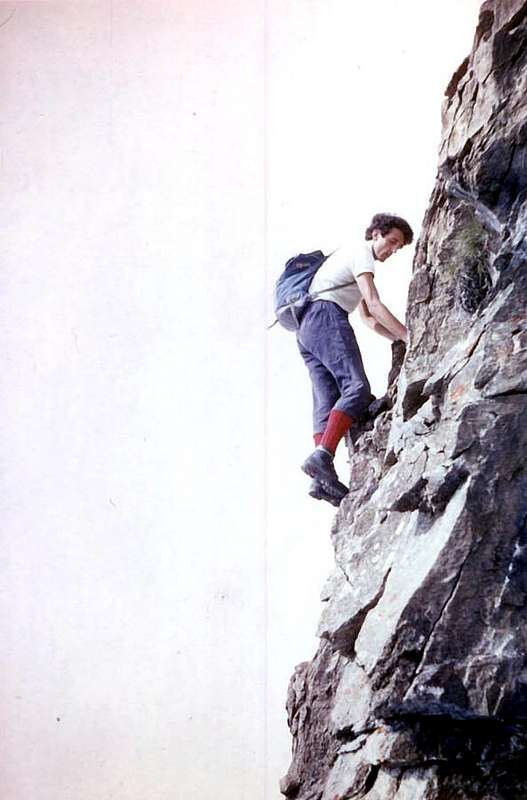
2) - Becca of Nona (3.142m): Crétier/Perolino/Riconda Route 1926. Great North-northeast "Crestone".
3) - Mount Ròss of Comboé (3.301m): Henry/Comé Route 1902. Northwest Ridge or, actually, first part on "Via Ferrata".
4) - Mount Emilius (3.559m) Henry with Comé Route 1902. East Crest "of Brissogne".
5) - Emilius's three Red Points (3.401m West Summit; 3.395m around Central; 3.400m East): Coolidge/Gardiner with C. & R. Almer 1891 Route to Western Summit and Segato 1910 NE Crest and traverse East/West.
6) - Garin Peak (3.451m) Baker/Hiatt/Oliver with A. Burgener 1894 Route. S-SW Ridge.
7) - Grauson Tower (3.233m) Yeld with Pession 1909 Route. NE Slope and N Crest.
8) - Leppe's Point (3.306/7m) Unknown?. NE Crest.
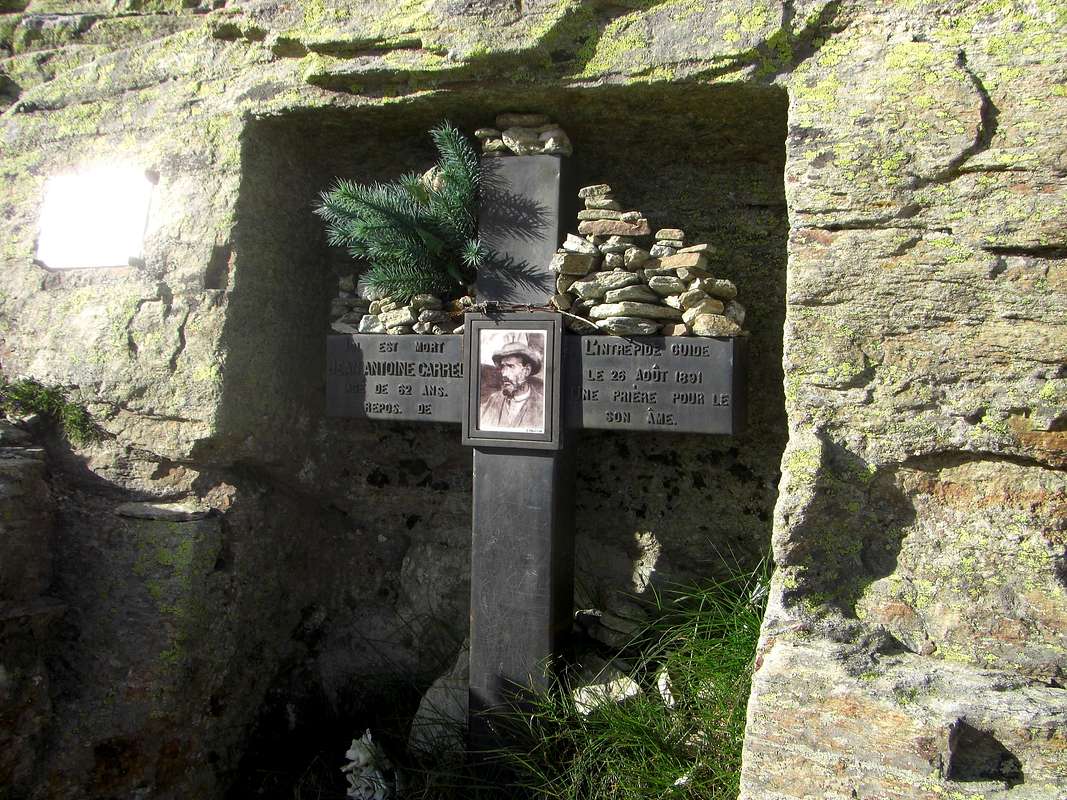
9) - Grande Roise: (3.356/7m) Decaroli/Lucat with Carrel Route 1875. North Ridge.
10) - Little Roise : (3.273m) Decaroli/Lucat with Carrel Route 1875. Nort-northwest Slope and North Ridge.
11) - Testa Blantsette (3.139m) Bonin/Bovet/Henry/Tofani 1906 Route. West Slope and North Crest.
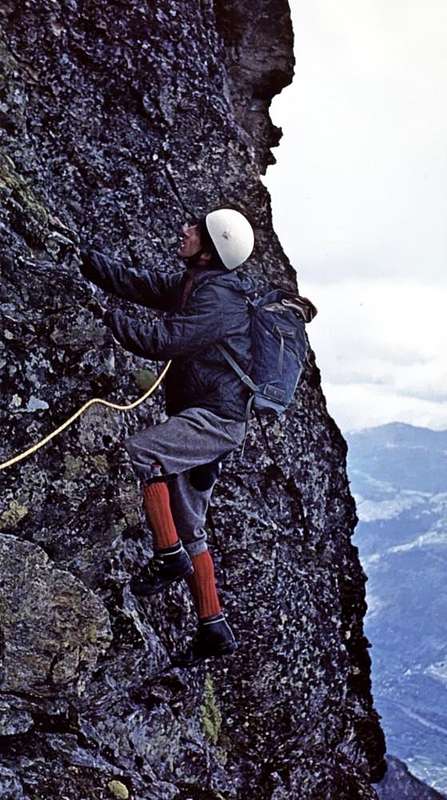
STANDARD Routes Description

These are the "Vie Normali" of the peaks sharper focus in the Group of Emilius. Those we all do. Or almost. Do not seek other avenues. They are all dangerous. It will not give you nothing more. Indeed, in time, will procure only Endless Remorses & Regrets. Stay quietly in the footsteps traced and by Time. Ascend transgress without encountering dangers and annoyances, because it already has enough fatigue. The Summit will also come on you and you will enjoy the same view, the same air and the same sun. Others before you, have risen on these trails or slopes or slopes and ridges, which have been tested over the years. Others, after you, they follow the same route, in the company of Cheerful cats and Friends. Why bringing the backpack at home, you need to have enjoyed a happy and joyous day in a beautiful environment, clean and NATURAL. Do not fall into the trap of ILLUSION!
Because even on normal streets, even on the most trivial of trails, the DANGER always exist. Never underestimate anything and always check the SKY, which is the best METEO of the World. Unfortunately, over the past ten years we have recorded three fatal misfortunes of those that appear as NORMAL WAY: A 14 year old boy and a lady in the early 2000s, at the Pass of the "Three Cappuccini", and shortly after a Lord of Mantua just started down the "Via Ferrata" on the West Ridge of Emilius. When the first Emilius had never killed anyone, apart from the accident on the East Wall in 1929. But on Normal or elsewhere ever. This is not "enriched" this black statistic; always supervised and reflect on what I have said ... To contradict, because it is part of the Human Soul ", we suggest other" Routes. "Read and forget it: I earn in Health! Which is not just ...
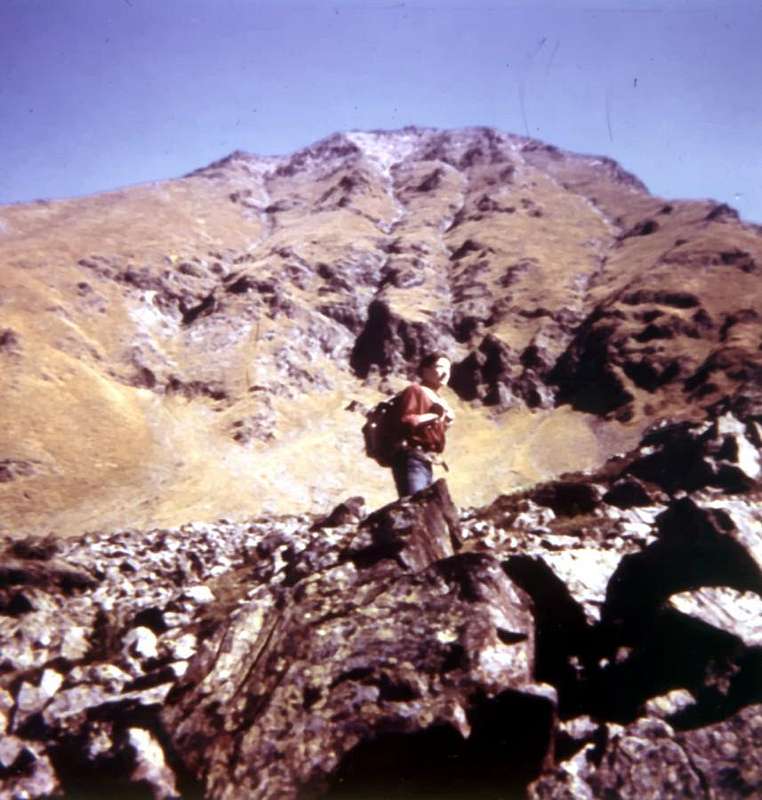
Queste son le "Vie Nornali" delle cime più in evidenza nel Gruppo dell'Emilius. Quelle che fan tutti. O quasi. Non cercate altre strade. Son tutte pericolose. E non vi daran niente di più. Anzi, nel tempo, vi procureranno solo Infiniti Rimorsi & Rimpianti. Restate tranquillamente sulle ORME tracciate nel e dal Tempo. Salirete senza incontrare soverchi pericoli e fastidi, perché di già é sufficiente la FATICA. Arriverete anche voi sulla Sommità e godrete dello stesso panorama, della stessa aria e del medesimo sole. Altri, prima di voi, sono saliti su questi sentieri o pendio oppure versanti e creste, che sono stati collaudati negli anni. Altri, dopo di voi, percorreranno il medesimo itinerario, in allegra compagnia degli mici ed Amiche. Perché riportando lo zaino a casa, Voi dovete aver goduto di una felice e gioiosa giornata in un ambiente bello, pulito e NATURALE. Non cadete nella trappola dell'ILLUSIONE!
Perchè anche sulle Vie Normali, anche sul più banale dei sentieri, il PERICOLO sempre esiste. Non sottovalutate mai niente e controllate sempre il CIELO, che é il miglior METEO del Mondo. Purtroppo negli ultimi dieci anni abbiamo registrato tre disgrazie mortali su quelle che appaiono come VIE NORMALI: un ragazzo di 14 anni ed una Signora nei primi anni del 2000, presso il Passo dei "Tre Cappuccini", e poco tempo dopo un Signore di Mantova appena iniziata la discesa sulla "Via Ferrata" sulla Cresta Ovest dell'Emilius. Quando prima l'Emilius non aveva mai ucciso nessuno, a parte la disgrazia sulla Parete Est nel 1929. Ma sulla Normale o altrove mai. Per questo non "arricchite" questa nera statistica; vigilate sempre e riflettete su quanto ho esposto... Per contraddirci, perché fà parte dell'Anima Umana", vi proponiamo altre "Routes". Leggete e lasciate perdere: Ne guadagnerete in Salute! Il ché non é da poco...
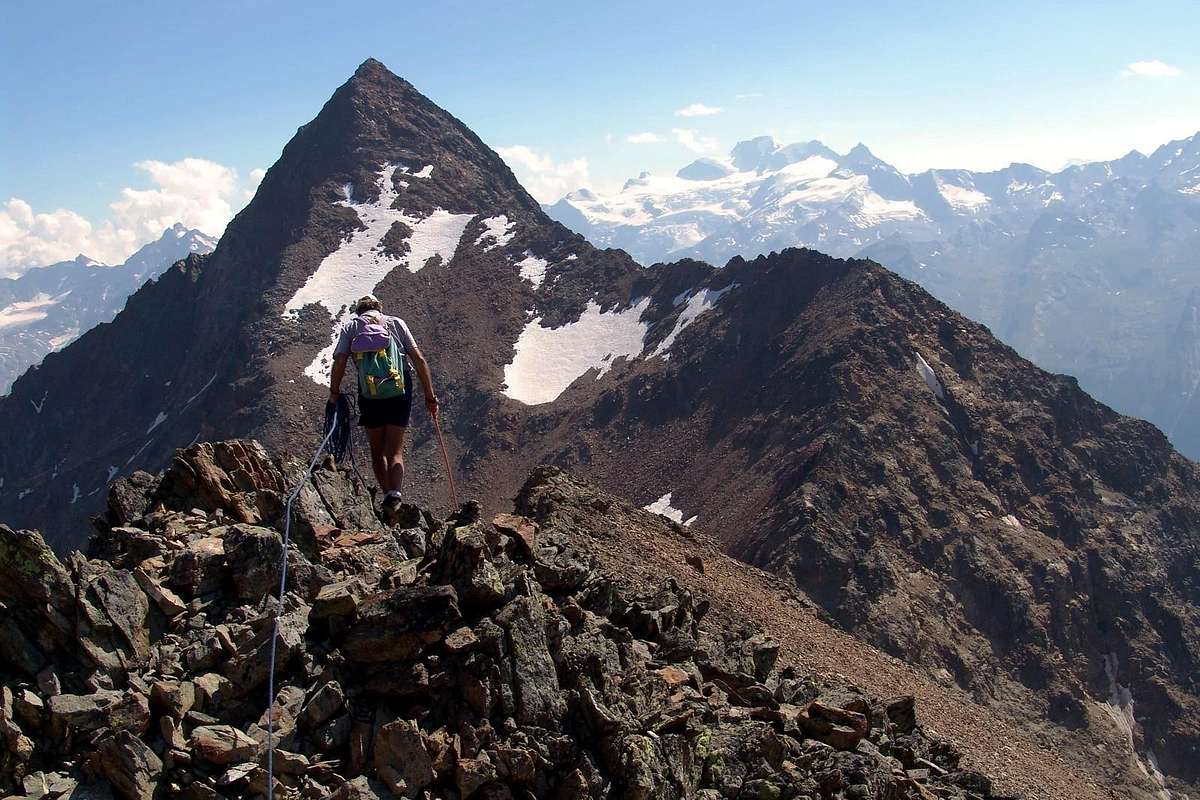
2) - Becca of Nona (3.142m): from Comboé Vallon S-SW Slope or from Carrel Pass (Federigo Zullo Bivouac) and S-SE Crest.

3) - Testa Nera (2.819/20m) from Pila, Chamolé Lake and Hill and Northeast Crest or Northwest Slope also Alpine Troops Route.
4) - Mount Emilius (3.559m) from Arbolle's Vallon S-SE Crest "of Three Capuchins".
5) - Emilius's three Red Points (3.401m West Summit; 3.395m around Central; 3.400m East): from Grauson-Lussert Vallon, Valaisan's Pass S-SW Ridge or from Arbolle's Refuge & Pass NE Crest.
6) - Garin Peak (3.451m) from Arbolle Vallon & Refuge, Garin Hill and N-NW Ridge or Nebbia Bivouac S-SW Crest.
7) - Grauson Tower (3.233m) from Gimillan, Grauson-Lussert Vallon and East Wall.
8) - Leppe's Point (3.306/7m) from Gimillan, Coronas Loch, Vallonet Pass and S-SE Crest or from Leppe's Hill and NE Crest.
9) - Grande Roise : (3.356/7m) from Laures Vallon, Ménabreaz Shelter, Long Lake, carving and S Ridge.
10) - Becca of Salé's (3.137m) from Laures Vallon, Ménabreaz Shelter, W Slope of Pass and S Crest.
11) - Becca of Seneva (3.140m) from Laures Vallon, Ménabreaz Shelter, Dessous Lake, E Slope of Peckoz Pass and S Crest or from Carrel Pass Arpisson's Western & Eastern Glaciers, W Slope of Peckoz Pass and same Crest.

OTHER PRESTIGIOUS
During the conflict the World were recorded, in addition to the two lonely winter to Grauson Tower and Emilius's Red Points in 1939 by Dr Anselme Falcoz, four other beautiful deeds: in winter 1940/1 Nerino Gobbo of Trieste salt, alone, before the long winter Cresta West-northwest; probably in the summer of '40 (because the Falcoz in 1978 he was not even sure of the date) the same with Massimo Mila rise, for the first time, the great Central Couloir of the North, perhaps if in good snow conditions, the easy way out on the same. In the fall of 1942 Giulio Adolfo "Dulo" Ourlaz, with Lieutenant of Alpine Troops Emanuele Tosana, retrace the first two thirds of the same route, with small variations, shifting to the East in the last part concluding with the Via Crétier-Binel of 1927. But already in Spring '42, between 15 and 25 April, the two had made a new route climbing the "Mammellone", of almost 500 meters, which comes out from the wall, making a partition between the two Glaciers Western and Eastern Arpisson's; probably was a deviation from an attempt on Black Triangle (perhaps Ourlaz told me in '78, but frankly, I do not remember for sure) because the climbers gradually shifted to the right and to small, smooth and snowy crevices reached this large rib, breast-shaped hence the name; doppiandolo went uphill again to the right (West) to take his side "internal" diagonal above the Grand Canal, which cuts through the beginning 400 meters the wall. Released to a notch on the Edge North-northeast, through this concluded to Peak. A nice firm, given the dating and snow conditions, certainly, after hearing the reports of the two teams at a distance of more than 40 years, most of those who found winter Mountain Guides Alberto Chéraz and Corrado Framarin in the first winter of December 30/1th, 1984. But here the climb was incomplete, in addition to being, although not by much, outside the winter calendar, as classically considered. Another generation of climbers at the end of the War, he was highlighting. Pietro "Piero" Rosset with Franco Garda carried out the first repeat of "damn" the East Wall of the "Very Strong" Giusto Gervasutti with Renato Chabod in June 1935. The same in February of 1949, making the first winter ascent of the North-northeast Edge or "Three Curates Crest", in day from Pila, although favored by beautiful snow conditions. It prepares the ground for the Great'Exploit. In 1960 the Guide Rosset of Valpelline, along with the champion Angel "Angelino" Bozzetti win the Black Triangle of Emilius, a vertical wall of more than 400 meters above the Glacier Eastern Arpisson, who in the past neighbor and recently drew attention to of many climbers. Fame and no. In September of 1961 another exploit: Giovanni Matteo "Agostino" Zulian, of Grand Brissogne Fraction Luin, made the first solo ascent on "his" East Wall, along the Via Gervasutti-Chabod '35, but with many variants direct. With the ascent of the Black Triangle everything seems to end. But no ... Other routes were built on North Wall, a Direct in August 1980, by Osvaldo Cardellina with Camillo Roberto Ferronato and another, always by the same with Sandrino Lupetto" Casalegno e Maurizio Castellan, to the East side of this, "Superdirect" or, if you will, "Direttissima", both came out, going directly to the peak, after over 700 meters, along the Eastern sector of the Wall. That sector in 1926 had served as an escape route to the North-northeast Edge with a diagonal carve it to the right (West) left out at 50/60 meters from the Summit. Because the ice and unwillingness to cut steps in it the roped Crétier Binel-Chabod of 1926 he had to give up the complete ascent of the North Face. These two paths laid in 1980 and 1984 and are still the only ones that go completely from the base to the peak with a height of almost 700 meters. These two climbs were made with exactly the same materials as those of 1926 and 1927 and also with the same equipment, more or less. The arrival of other materials allowed the layout of other approaches such as the "Couloir Ghost", realized with the technique of piolet-traction by the Mountain Guide of Valpelline Aldo Cambiolo with Pierluigi Sartore in June 1990, this route (in all about 450 meters) climbs along a gully of 250 meters around, just to the right (West) of the Black Triangle, the same "results" in the large diagonal couloir of the North Wall of approximately 100 meters from the Edge North-northeast, for which via the rope concluded. The same was covered during the night to the danger of the thin layer of ice that offers this type of climbing. But this climb, like that of the first winter on the East by the strong Mountain Guide of Cogne Abele Blanc and good mountaineer Charvensod Carlo Lucianaz made the previous winter, they anticipate a series of climbs no longer in line with the past: the same constitute a 'was different, is closest in time, with equipment and equipment of another type. But, above all, with dissimilar ideas and mentality, that they to start a new epoch in the history of the mountains and, therefore, also on Emilius. We'll talk about in a new page, because this stops, except for some historical note, and such as to "install" the preamble to the next, as we had pre determined, or to slopes that do not exceed the rating of D, that is difficult.Durante il conflitto Mondiale s'eran registrate, oltre alle due invernali solitarie alla Tour Grauson ed alla Punta Rossa nel 1939 da parte del Dottor Anselme Falcoz, altre quattro belle imprese: nell'inverno 1940/1 Nerino Gobbo di Trieste sale, da solo, in prima invernale la lunga Cresta Ovest-nordovest; probabilmente nell'Estate del '40 (perché il Falcoz nel 1978 non era neppur lui certo della data) lo stesso con Massimo Mila salgono, per la prima volta, il grande Canale Centrale della Nord, forse, se in buone condizioni di neve, la via più facile sulla medesima. Nell'Autunno del 1942 Giulio Adolfo "Dulo" Ourlaz, con il Tenente degli Alpini Emanuele Tosana, ripercorrono i primi due terzi della stessa via, con piccole varianti, spostandosi nell'ultima parte ad Est per concludere con la Via Crétier-Binel del 1927. Ma già in Primavera '42, tra il 15 ed il 25 Aprile, i due avevan effettuato una via nuova scalando il "Mammellone", di quasi 500 metri, fuoriuescente dalla parete, facendo da divisorio tra i due Ghiacciai Occidentale ed Orientale di Arpisson; probabilmente era stata una deviazione da un tentativo sul Triango Nero (forse Ourlaz me lo disse nel '78 ma, sinceramente, non ricordo con certezza), perché la cordata si spostò gradualmente verso destra e per piccole, lisce ed innevate fessure raggiunse questo grande costolone, a forma di mammella donde il nome; proseguì doppiandolo in salita ancora sulla destra (Ovest) per percorrere il suo lato "interno" sopra il grande canale diagonale, che solca nei primi 400 metri circa la parete. Usciti ad un intaglio sullo Spigolo Nord-nordest, tramite questo conclusero in Vetta. Una bella impresa, vista la datazione e le condizioni di innevamento; sicuramente, sentite le relazioni delle due cordate a distanza di oltre 40 anni, più invernali di quelle che trovarono le due Guide Alberto Chéraz e Corrado Framarin nella prima invernale del 30/31 Dicembre 1984. Ma qui la salita era incompleta, oltre ad essere, anche se non di molto, fuori dal calendario invernale, come classicamente ritenuto. Un'altra generazione di alpinisti, alla fine della Guerra, si stava mettendo in luce. Pietro "Piero" Rosset insieme a Franco Garda effettuano nell'Estate del '46 la prima ripetizione della "maledetta" Parete Est realizzata dal "Fortissimo" Giusto Gervasutti con Renato Chabod nel Giugno del 1935. Gli stessi nel Febbraio del 1949 effettuano la prima invernale dello Spigolo Nord-nordest, in giornata da Pila, anche se favoriti da splendide condizioni di neve. Si prepara il terreno per il Grand'Exploit. Nel 1960 la Guida Rosset di Valpelline, insieme all'altra Guida, il fuoriclasse Angelo "Angelino" Bozzetti vincono il Triangolo Nero dell'Emilius, una parete verticale di oltre 400 metri sopra il Ghiacciaio Orientale di Arpisson, che già in passato prossimo e recente aveva richiamato l'attenzione di molti alpinisti. Famosi e no. Nel Settembre del 1961 un'altro exploit: Giovanni Matteo "Agostino" Zulian, di Grand Brissogne Frazione Luin, realizza la prima salita solitaria sulla "sua" Parete Est, lungo la Via Gervasutti-Chabod '35, ma con numerose varianti dirette.
Con la scalata del Triangolo Nero tutto sembra finire. Invece no... Furon realizzate altre vie sulla Parete Nord, una Diretta nell' Agosto 1980 da parte di Osvaldo Cardellina con Camillo Roberto Ferronato ed un'altra, sempre da parte dei medesimi in compagnia di Sandrino Lupetto" Casalegno e Maurizio Castellan il 28 Luglio 1984, lateralmente ad Est di questa, "Superdirect" o, se vogliamo, Direttissima; tutte e due uscivano direttamente, dopo oltre 700 metri di salita, alla Vetta salendo lungo il settore Orientale della Parete. Quel settore che nel 1926 era servito come via di fuga verso lo Spigolo Nord-nordest con un diagonale che lo tagliava da destra (Ovest) a sinistra uscendo a 50/60 metri circa dalla Vetta. Causa il ghiaccio e la non disponibilità a tagliare gradini nello stesso, la cordata Crétier-Binel-Chabod del 1926 aveva dovuto rinunciare alla salita completa della Parete Nord. Queste due vie tracciate nel 1980 e nel 1984 sono e restano le uniche che la salgono completamente dalla base alla Vetta con un dislivello di quasi 700 metri. Queste due salite vennero effettuate esattamente con gli stessi materiali di quelle del 1926 e 1927 ed anche con lo stesso equipaggiamento, più o meno. L'arrivo d'altri materiali permise il tracciato di vie diverse, come il "Couloir Fantasma", realizzato con la tecnica del piolet-traction da parte della Guida di Valpelline Aldo Cambiolo con Pierluigi Sartore nel Giugno 1990; questa via (complessivamente di 450 metri circa) sale lungo una goulotte di circa 250 metri, subito a destra (Ovest) del Triangolo Nero; la stessa "sfocia" nel grande canale diagonale della Parete Nord a 100 metri circa dallo Spigolo Nord-nordest, per la quale via la cordata concluse. La stessa venne percorsa durante la notte causa la pericolosità del sottile strato di ghiaccio offerto da questo tipo di arrampicata. Ma questa salita, come quella della prima invernale sulla Est da parte della forte Guida di Cogne Abele Blanc e del bravo alpinista di Charvensod Carlo Lucianaz realizzata nell'inverno precedente, anticipano una serie di scalate non più in linea col passato: le stesse costuiscono un'era diversa, più vicina nel tempo, con attrezzature ed equipaggiamento d'altro tipo. Ma, e soprattutto, con Idee e Mentalità dissimili tali da iniziare una nuova epoca nella storia delle montagne e, quindi, anche sull'Emilius. Ne parleremo in una nuova pagina, poiché questa si ferma, salvo qualche nota storica e tale da "installare" il preambolo alla prossima, a quanto avevamo pre determinato, ovvero a salite che non superano la classificazione di D, ossia Difficile.
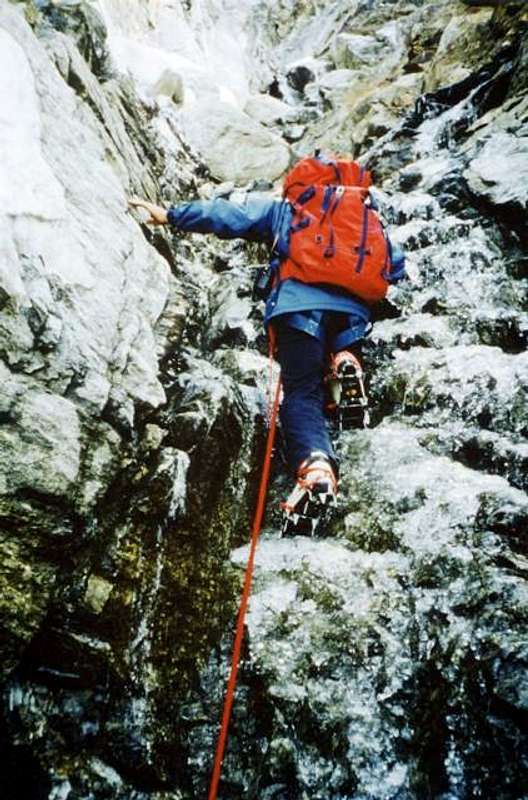
We offer a brief overview of other Routes within the entire Group of Mount Emilius and relating these four basic areas, as they are also divided into two books "Guide of Mount Emilius," 1978 and "Emilius Rosa dei Banchi Park M.Avic " 2005, but beyond the same is the same topographic analysis to differentiate these small subgroups, all, however, belonging to the "Group Mother" of th'Emilius:
a) - Group of Punta Valletta (3.090m);
b) - Emilius Group (3.559m) / Becca di Nona;(3.142m);
c) - Group of Garin (3.451m);
d) - Group Roèses (3.356/7 m)/Leppe (3.305/6m). These want be only some basic guidelines concerning the most interesting routes, from which we have avoided mentioning those that pass the evaluation of D, or MD or ED (very difficult and hard extremely), we intend, however, in the relatively near future, a visitation wider and more which will also inherent in the latter, momentarily "discarded".
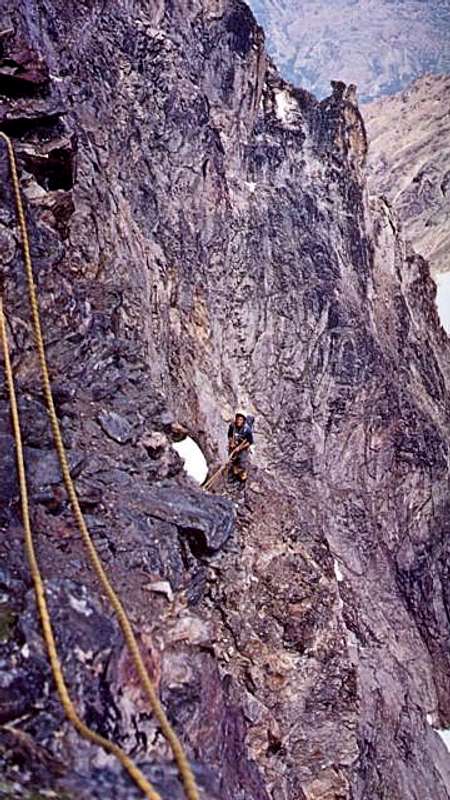
Offriamo una piccola panoramica su altre Routes all'interno dell'intero Gruppo del Monte Emilius e concernenti questi quattro settori di base, come sono suddivisi anche nei due libri "Guida del Monte Emilius", 1978 e "Emilius Rosa dei Banchi Parco del M.Avic", 2005; ma al di là dei medesimi é la stessa analisi topografica a differenziare questi piccoli sottogruppi, tutti, comunque, appartenenti al "Gruppo Madre" dell'Emilius:
a) - Gruppo della Punta Valletta (3.090 m);
b) - Gruppo Emilius (3.559 m)/Becca di Nona (3.142 m);
c) - Gruppo della Garin (3.451 m);
d) - Gruppo Roèses (3.356/7 m)/Leppe (3.356/7 m). Queste voglion essere soltanto alcune indicazioni di base concernenti le Vie più interessanti, dalle quali abbiamo evitato di citare quelle che superano la valutazione di D, ovvero MD od ED (molto difficile ed estremanente difficile); ci ripromettiamo comunque, in un futuro abbastanza prossimo, una visitazione più ampia ed articolata nella quale saranno insite anche queste ultime, momentaneamente "scartate".
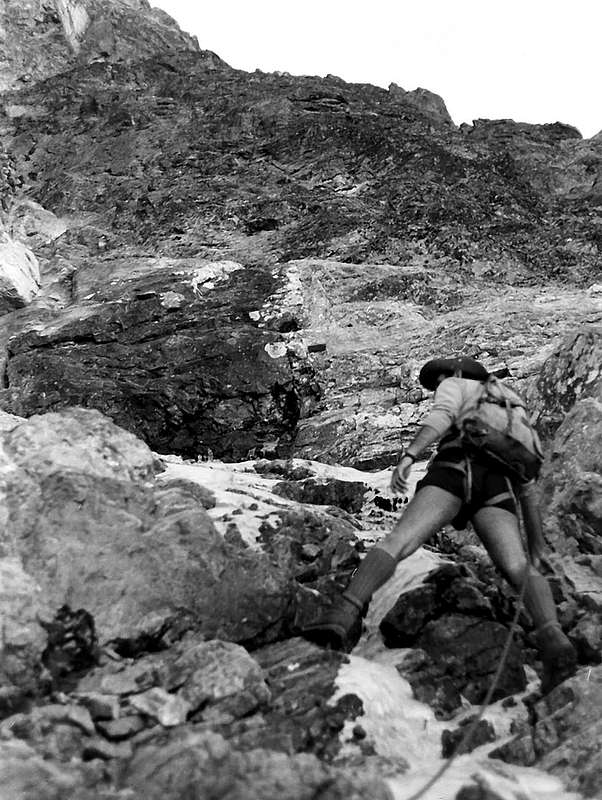
2) - Becca of Nona (3.142m) 1920 & 1926: from Pila, Plan Fenetre Hill, Comboé, Morion Alp ruins: North Wall or North-northeast great Crest.
3) - Mount Emilius (3.559m) 1902 & 2004 from Pila, Carrel Hill and Federigo Zullo Bivouac: West-northwest Ridge or "Via Ferrata", or through Western and Eastern Arpisson's Glaciers: North Wall 1927 & other or N-NE Edge 1906; from Les Laures Ménabreaz Shelter, Blantsette Glacier: N-NE Edge 1906 or E Wall 1935 & other.
4) - Mount Emilius (3.559m) from Pila, Carrel Hill and Federigo Zullo Bivouac, Western Arpisson's Glacier: North Wall 1926/27 & other or N-NE Edge 1906; from Les Laures Ménabreaz Shelter, Blantsette Glacier: N-NE Edge 1906 or East Wall 1935 & other.
5) - Garin Peak (3.451m) from Pila, Garin Hill: West Face In Tirties & other; from Gimillan, Arpisson's Vallon: S Wall 1973 & 1978 or S-SW Buttress 1974. From Gimillan, Grauson-Lussert Vallon, Dessous and Middle Lochs: Northeast Wall 2007.
6) - Emilius's Eastern Summit of Red Points (3.400m): from Les Laures Vallon or from Pila, Arbolle's Refuge, Frozen Lake, Old Emilius's Glacier and crossing Arbolle's Hill: E Wall 1974.
7) - Grauson Tower (3.233m) from Gimillan, Grauson-Lussert Walloon, Low Lake: North-northeast Integral Crest 1985.
8) - Grande Roise : (3.356/7m) Integral Traverse from Salé's Becca, Little Roise, Gianni Junod Points also Central Roise and North Crest 1875 & 1985.
9) - Punta Ilario Antonio Garzotto (3.273/4m) from Saint Marcel or Laures Vallons, Leppe's Hill: South Crest 2005.
10) - Leppe's Point : (3.306/7m) from Laures or Grauson-Lussert Vallons, Laures Hill: West Ridge 1898 & 1988.
11) - Becca of Salé's (3.137m) Crossing from Les Laures Ménabreaz Shelter or Bonplan Alp in Arpisson's Vallon: North-northeast Ridge of Salé's Tower and North Crest 2007.
Climbing Varied Images
